What are restaurant floor costs? Introducing the ideal ratio and measures to reduce them
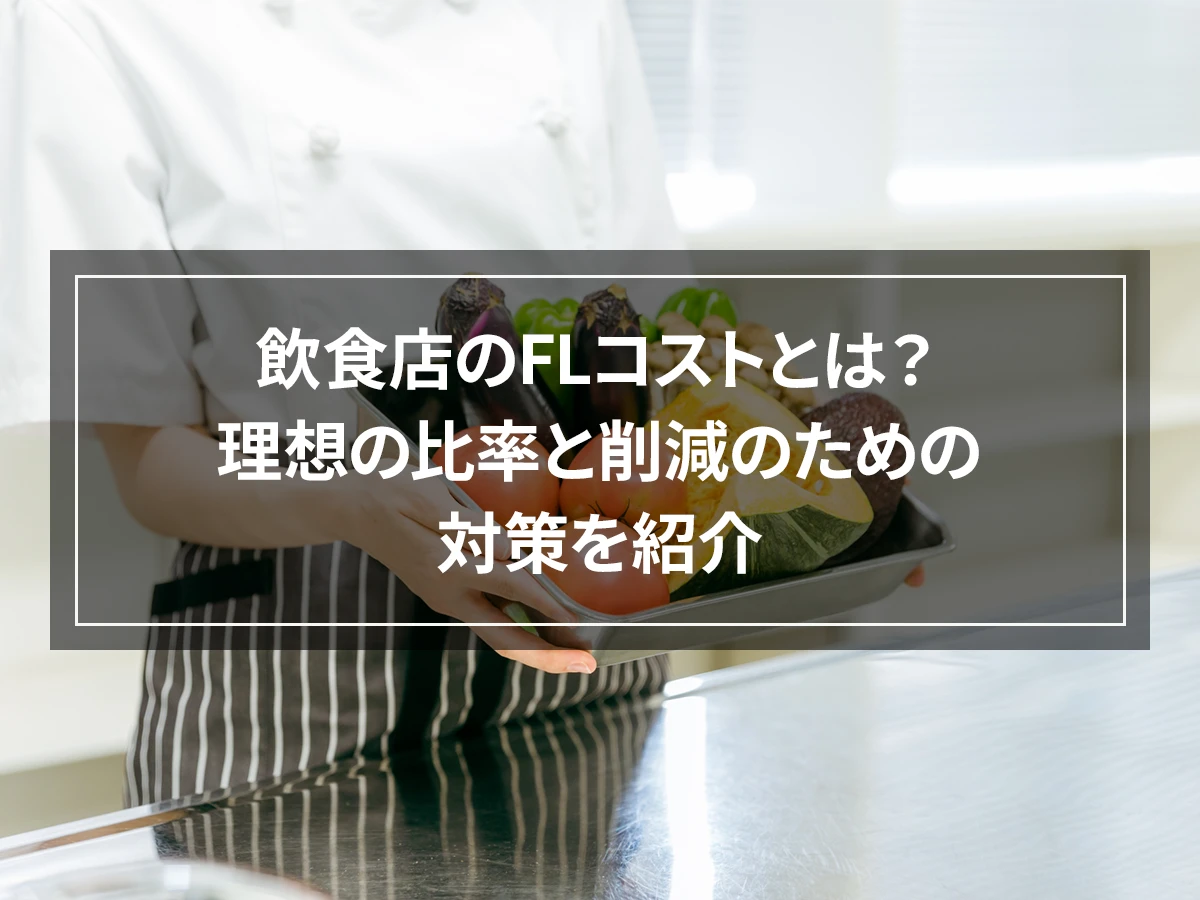
Do you know much about how to think about and control FL costs, which are said to be essential for successful restaurant management?
FL costs are the total cost of ingredients and labor costs in restaurant management. The percentage of total sales that FL costs account for is called the FL ratio (%), and is an important guideline for understanding the ideal ratio of store expenses.
However, since the target figures for FL costs vary depending on the type of restaurant business, it is important to have an idea of what the optimal FL ratio is for the store you run, as well as to take measures and manage it to keep it within an appropriate range.
In this article, we will introduce measures to address challenges faced by restaurants, such as what percentage the ideal FL ratio is for various types of restaurants, measures to keep FL costs as low as possible, and points to keep in mind when controlling the FL ratio.
目次
What are FL costs for restaurants?
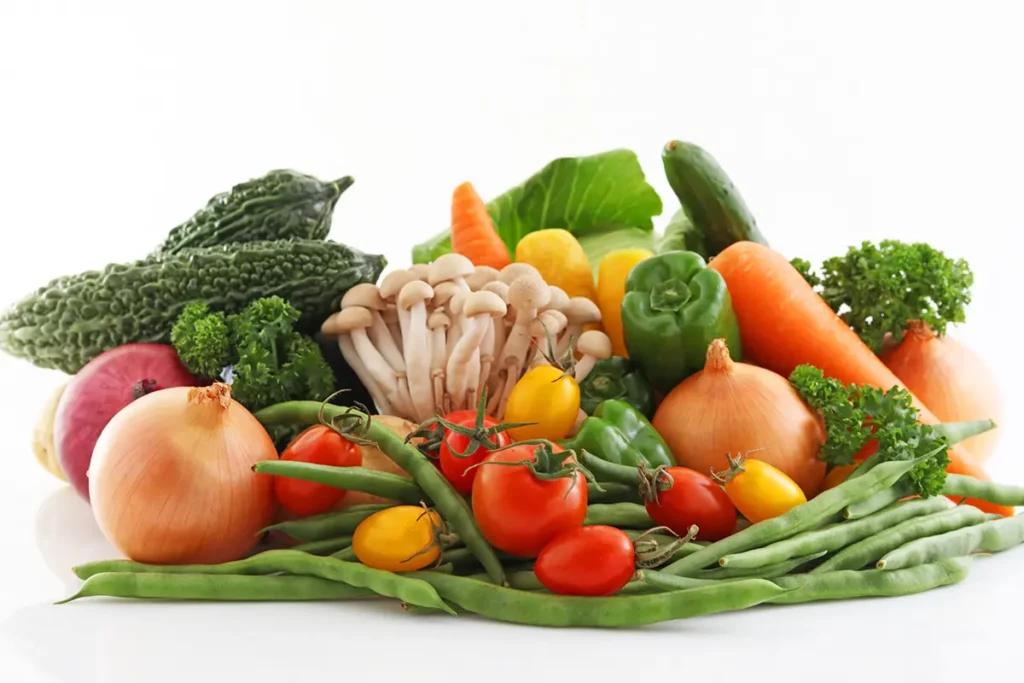
FL costs in a restaurant are the combined costs of food and labor, which account for the majority of the expenses necessary for running a store.
And the FL ratio (%) is the percentage of sales that is accounted for by food cost + labor cost, and refers to the ratio of food cost + labor cost to sales. The calculation method is as follows.
FL ratio (%) = (food cost + labor cost) ÷ sales x 100
If the FL ratio is too high it will put strain on management, and if it is too low it could lead to a decline in service quality, so it is necessary to keep the FL ratio within an appropriate range.
So, what should be the target FL ratio for each business type?
The ideal FL ratio for each business type is as follows:
Ideal FL ratio for each business type
| Genre | F (food cost) | L (Labor costs) |
|---|---|---|
| Cafe | 24〜35% | 25〜36% |
| ramen | 28〜35% | 25〜30% |
| Sushi Shop | 36〜42% | 24〜30% |
| Izakaya | 29〜34% | 28〜32% |
| Japanese Restaurant | 34〜38% | 25〜30% |
| restaurant | 30〜35% | 27〜29% |
| Grilled meat | 38〜40% | 20〜22% |
| Chinese restaurant | 31〜33% | 27〜30% |
| fast food | 40% | 20% |
Please note that the guideline for FL costs and the appropriate range of FL ratios differ depending on the type of restaurant business.
For example, restaurants that handle high-quality fresh fish and meat, such as traditional Japanese restaurants, sushi shops, and yakiniku restaurants, tend to have higher food costs. On the other hand, bars and cafes that serve a lot of alcohol and drinks tend to keep food costs lower than restaurants that focus on food.
As such, the cost of ingredients varies depending on the ingredients used, and the number of staff required changes depending on the scale of the operation. It is particularly important to balance the cost of ingredients and labor costs according to the concept of the restaurant and the value you want to provide, such as prioritizing experience or cost-effectiveness.
As you can see from the table above, the appropriate FL ratio for any business type is roughly 60% or less. If it exceeds 60%, it becomes difficult to maintain a profit, so measures to reduce FL costs are necessary.
So how can you actually reduce FL costs? We will explain in the next chapter.
How to reduce FL costs
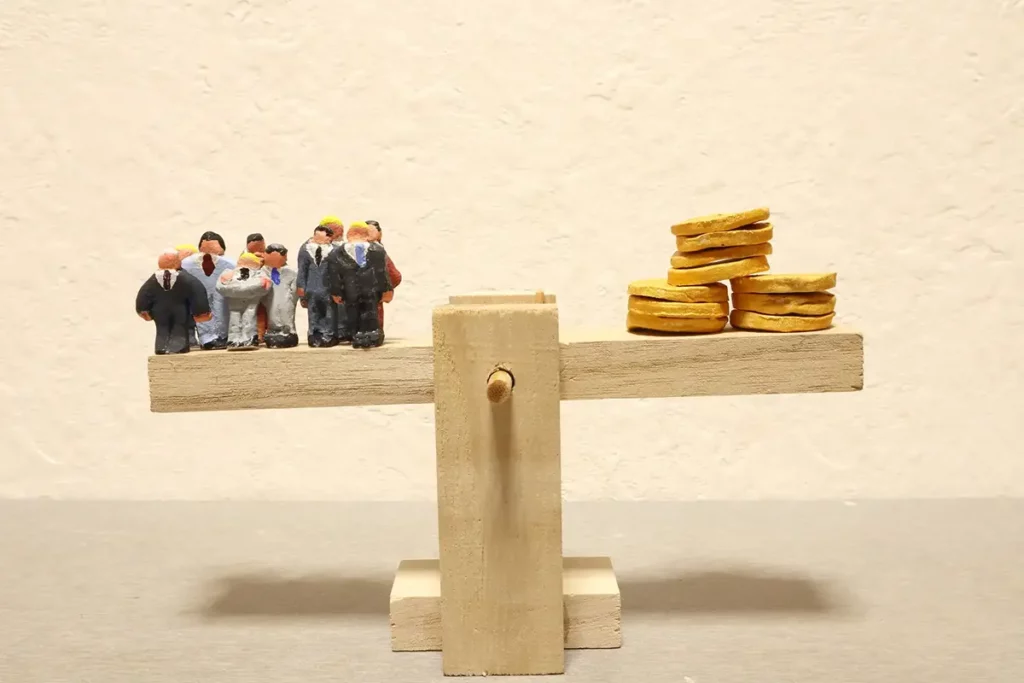
FL costs are difficult to reduce because they are essential expenses for restaurant management, such as food costs and labor costs. However, if the burden of FL costs is too high relative to sales, profit margins will fall and it will become difficult to continue operating.
To ensure stable store management, if the FL ratio becomes too high, you should find ways to reduce costs.
Tips for reducing food costs (F costs)
1. Consider where to source ingredients
Since food prices fluctuate, it is important to find ways to obtain ingredients at the cheapest possible price based on current market prices.
You may be able to purchase ingredients at a lower price than usual by partnering with a food supplier that suits your business type, such as using a commercial supermarket, contracting directly with producers or farmers, or choosing a wholesaler.
2. Review of over-portion
When offering a variety of menu items, it is also necessary to reconsider the appropriate portion sizes of each dish in order to reduce F costs.
If you serve more than necessary, you will end up with leftovers and food will go to waste. In order to reduce food loss and inventory disposal, it is important to determine the appropriate portion size for one person.
3. Menu revision
It is also important to create buzz about your restaurant and attract the attention of customers by offering featured items that make use of seasonal ingredients on the menu for a limited time only.
Major menu changes should be made with care as they may cause your restaurant to lose its fans, but seasonal ingredients tend to be available at relatively low prices on the market, and if the cost of ingredients used in the menu rises sharply, you can reduce F costs by substituting ingredients.
Key points for reducing labor costs (L costs)
1. Reviewing staff numbers
Even during slow times in the store, as long as you employ staff, you will still be paid an hourly wage. Analyzing past sales data and considering the appropriate number of staff and hourly wage for each time period is also important in reducing L costs.
2. Improved operations
It may be possible to increase production efficiency without increasing the number of staff by reviewing the cooking process and the speed at which food is served, or by reviewing the movement of kitchen and hall staff, which affects the restaurant's turnover rate.
3. Business Digitalization
Many restaurants in the restaurant industry are also facing labor shortages, so even if they want to reduce labor costs, many probably do not want to reduce the number of staff.
The use of digital technology is also effective in streamlining operations with fewer staff. An increasing number of restaurants are automating operations, such as managing customer traffic with online reservation systems, and introducing tablet ordering systems, food delivery robots, and table checks for each table.
In this way, we have introduced several measures to reduce FL costs in order to improve store profit margins.
However, cutting food and labor costs can lead to a decline in the quality of service, so care must be taken. Let's think about what you need to be careful of when taking measures against FL costs.
Points to note when dealing with FL costs
Since FL costs account for the majority of expenses, many people may first consider whether there are any expenses that can be reduced when trying to increase operating profits. However, while there are certainly various measures that can be taken to reduce FL costs, it is dangerous to simply think about reducing necessary expenses.
This is because cutting FL costs, i.e. "reducing a restaurant's food and labor costs," could potentially reduce the "quality of service," which is the most important aspect of running a restaurant.
F Impact of cost reduction
When trying to keep F costs down, you might be tempted to look for the cheapest ingredients possible, or buy in bulk because ingredients are on sale at a low price. However, if a restaurant that used to stock high-quality ingredients starts using cheaper ingredients to prepare dishes, the taste of the dishes that were once popular will decline, and the volume and appearance will also be affected.
Also, if you buy a lot of food at once because it's cheap, it may spoil before you can use up even half of it. It's counterproductive to cause food waste by trying to reduce food costs.
Impact of cost reduction
Similarly, if you try to reduce L costs (labor costs), you may end up refraining from hiring despite a labor shortage, or lowering the hourly wage, which may result in employees leaving the company or making it difficult to attract quality personnel.
As a result, a lack of staff can result in slower food delivery, a decline in the quality of cooking and customer service, and lower customers' opinions of the store.
Taking into account the above-mentioned influences, it can be said that the balance between FL costs and service quality is extremely important for running a stable restaurant business.
How to reduce FL costs without compromising service quality
We found that the ideal way to manage a restaurant is to improve the quality of service in the store while reducing FL costs and FL ratios, which make up the majority of necessary expenses, in order to improve operating profit margins.
The recommended method for realizing such an ideal restaurant is to utilize freezing technology by installing rapid freezer.
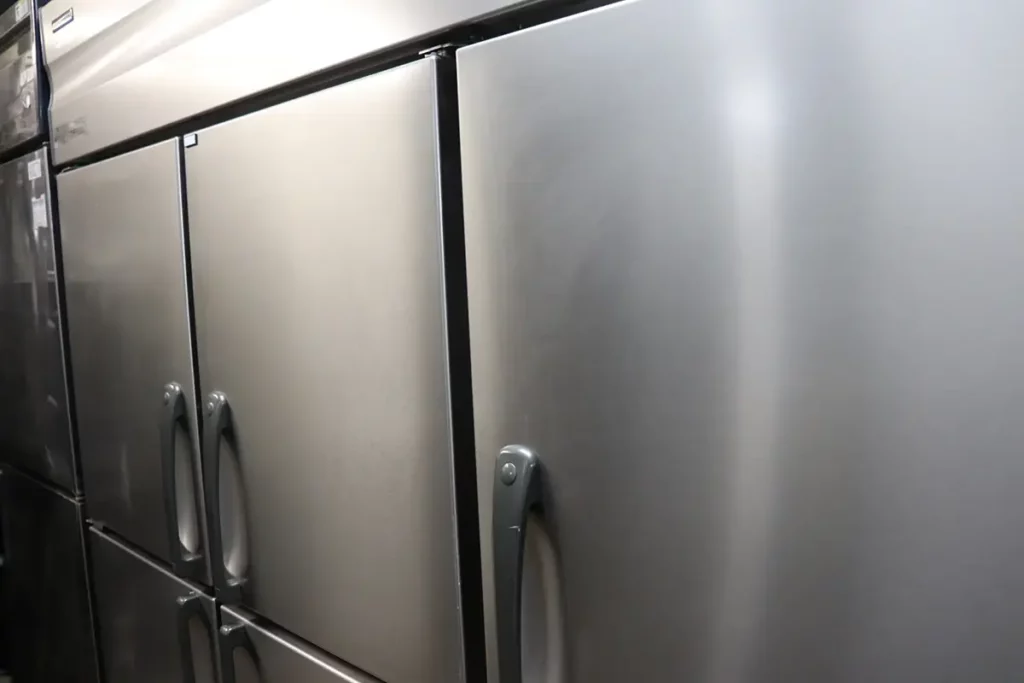
What is rapid freezer?
rapid freezer is a commercial freezer that freezes ingredients and food in a shorter time than normal freezing, allowing you to freeze and preserve the ingredients without losing their quality. Advances in freezing technology have made it possible to freeze foods that were previously impossible to freeze.
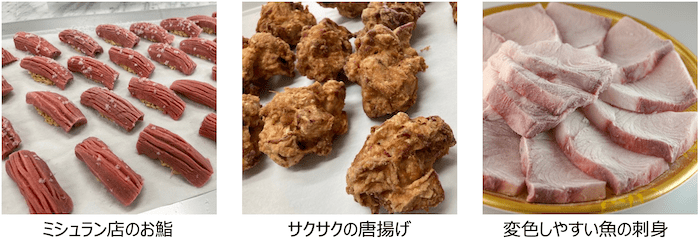
Not only does it make it possible to preserve ingredients and food for long periods while keeping them fresh and delicious, but introducing a rapid freezing freezer can also help reduce FL costs by making operations more efficient through such measures as "incorporating rapid freezing frozen ingredients into the cooking process" and "preparing ingredients in bulk and then rapid freezer to make work more efficient."
FL cost reduction using refrigeration technology
By making good use of rapid freezing technology, which allows high-quality frozen food ingredients and food to be stored, the FL cost issues that restaurants face in store management can be resolved. We will explain in detail what specific measures can be taken.
Reduce food costs without sacrificing quality
rapid freezing allows food to be stored for long periods of time at a high quality, eliminating inventory loss from food that deteriorates before it can be used.
In addition, if you purchase ingredients in bulk when they are cheap and then rapid freezing, you can defrost them and use them as fresh ingredients whenever you want, which can result in significant savings on ingredient costs.
Reduce labor costs and improve food quality
Many restaurants are struggling with a labor shortage, especially with chefs and craftsmen with specialized skills. Even in such situations, freezing technology can be utilized.
For example, tasks that can only be performed by skilled craftsmen can be completed in one go when the skilled craftsmen are present, and the food rapid freezing and then thawed, or the final cooking can be done by simply pressing a button in a steam convection oven at a preset setting.
This way, even on days when the chef is not present, part-time or casual staff can simply thaw the chef's food and provide customers with high-quality, freshly cooked, professional-tasting food, which leads to a significant reduction in labor costs, or L costs.
Since operations will become more efficient, waste will be eliminated, making it possible to raise hourly wages and hire more skilled craftsmen.
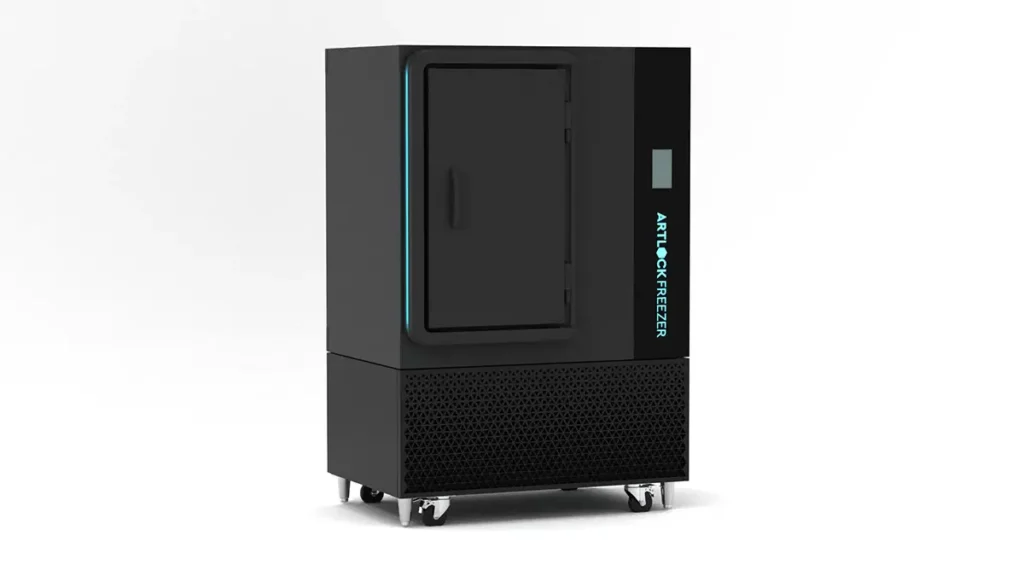
Strengths of Art Lock Freezer
Among rapid freezer that are useful for reducing FL costs, the "Art Lock Freezer" is particularly versatile in terms of the foods that can be frozen, and is space-saving and easy to operate, so it is recommended for any type of restaurant.
Long-term storage of ingredients without compromising quality
By rapid freezing ingredients while preventing deterioration of their quality, it is possible to store inventory for long periods of time.
In particular, Art Lock freezers, which have advanced technology that prevents uneven freezing and freezes ingredients at the highest quality, are highly regarded for the freezing quality of raw meat, fresh fish, vegetables, and fruits, which are said to be difficult to freeze.
There are cases where frozen sashimi and sushi have been made possible because there is no discoloration or deterioration of flavor that occurs when frozen for long periods of time, and there is almost no dripping when thawed.
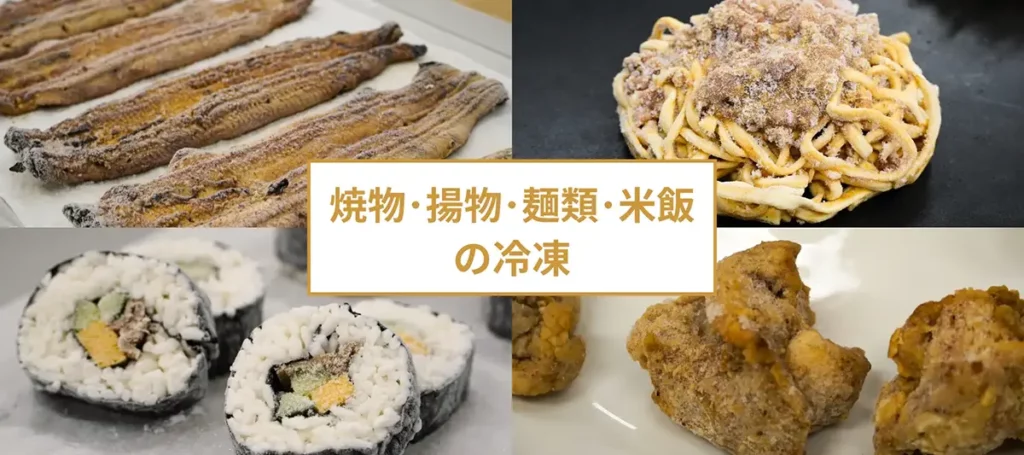
Freshly prepared meals can be frozen
A major advantage of the Art Lock freezer is that it is possible to freeze not only processed foods, but also whole, piping hot dishes such as fried foods, grilled meat, fish, and stir-fried dishes.
The ability to freeze freshly cooked food means that not only can you preserve the crispy texture of freshly fried food and the flavor of baked food, but you can also preserve the skilled flavors of professional chefs and craftsmen for long periods of time; even part-time or casual staff can provide freshly cooked, professional flavors simply by thawing the food.
Fully automatic freezing process
The freezer is equipped with cutting-edge AI and internal sensors, preventing deterioration in the quality of food due to uneven freezing or freezing failures.
In addition, it helps prevent breakdowns and other problems and eliminates the need for manual defrosting, maximizing production operating rates.
As mentioned above, by utilizing the Art Lock Freezer, which has advanced freezing technology such as high-quality frozen storage, reproducibility of artisanal taste, ease of operation and high production efficiency, it is possible to save on food costs, improve operational efficiency with fewer staff, and reduce FL costs.
In addition, freezing technology makes it possible to plan food production, which not only solves problems but also has the potential to broaden new business opportunities, such as selling frozen products and takeout, which is another major reason why we recommend introducing rapid freezer.
Conclusion
As we have explained so far, in order to stabilize restaurant management, it is important to keep FL costs and FL ratios within appropriate ranges.
However, we also explained that while there are various measures to reduce FL costs, it is important to pay attention to the need to control the FL ratio in a balanced manner while maintaining the store's service quality.
We also introduced the introduction of rapid freezer and measures to improve operational efficiency using cutting-edge freezing technology as an ideal method for simultaneously maintaining store service quality and reducing expenses such as floor space costs.
By choosing a freezer like the Art Lock Freezer, which combines the functionality to freeze any food ingredient to high quality, the convenience that makes it easy for anyone to operate without failure, and the performance to keep the machine running, it is possible to simultaneously increase productivity and service quality.
If you are concerned about controlling FL costs and FL ratios, which are the theme of this article, or if you are concerned about measures to address labor shortages and business efficiency in restaurants, please feel free to contact us.








![[Storage period increased by 30 times! ] Achieving a stable supply of raw whitebait!](https://shunkashutou.com/wp-content/uploads/2016/11/579c55e6d32e1385c250e8e7c3ed59a71.jpg)
![[Sales increased 100 times! ] rapid freezing the signature menu “Ni-katsu sandwich”!](https://shunkashutou.com/wp-content/uploads/2016/11/IMG_02391.jpg)
![[Horse sashimi] We have significantly reduced waste loss with rapid freezer!](https://shunkashutou.com/wp-content/uploads/2016/11/5fda59d0cbcdabde18e58c3c58c09ed0.jpg)




![[Storage period increased from 3 days to half a year! ] Restaurants are expanding their business using wholesale and mail order!](https://shunkashutou.com/wp-content/uploads/2018/04/66c19942ab4ba346fdb64ccc04cde373.png)
![[Reduce loss from 200 kg of oysters to zero] Improve loss and expand business with rapid freezer](https://shunkashutou.com/wp-content/uploads/2018/06/19785ca583a8d3c4041c7c192d041b0d.jpg)














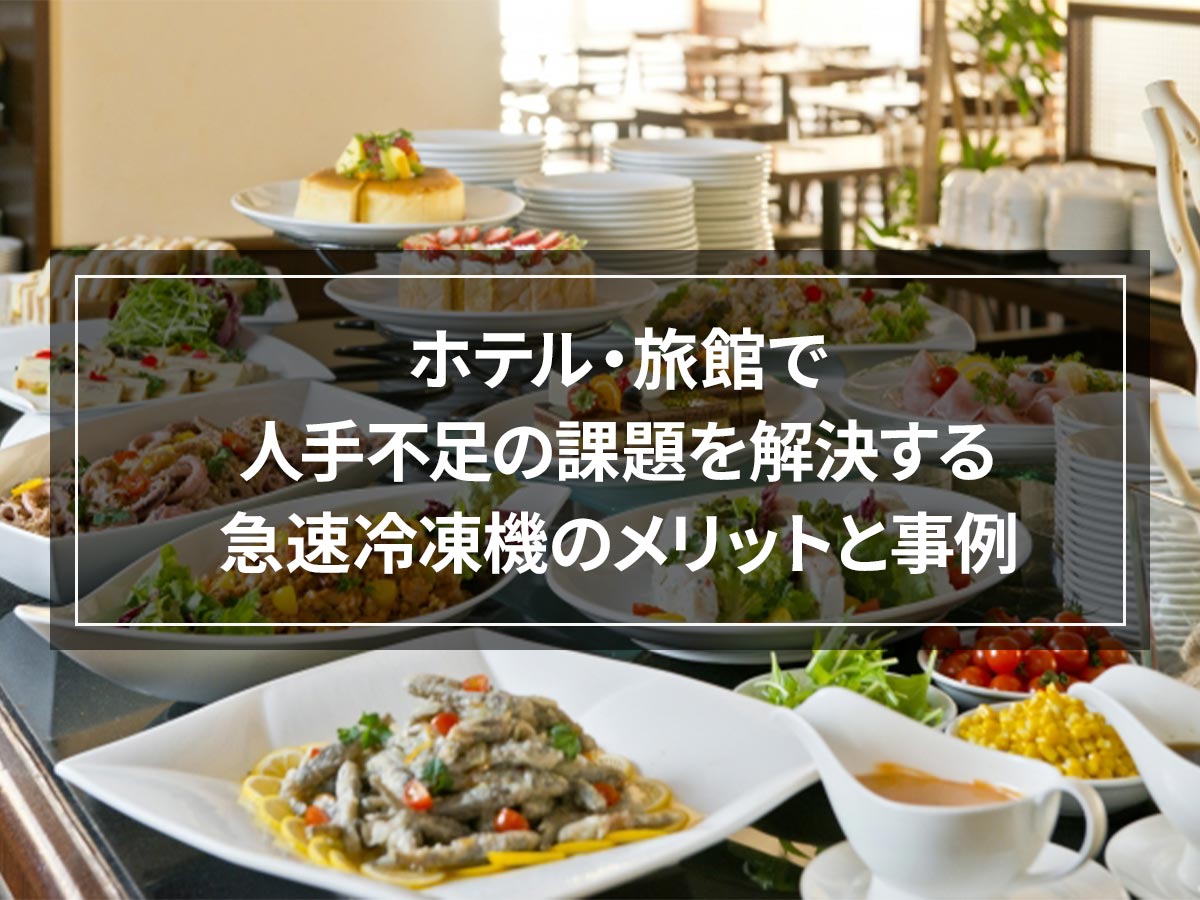

![[Great at sushi restaurants! ] How to increase sales by rapid freezing sushi](https://shunkashutou.com/wp-content/uploads/2016/04/0d3e7f8a3cefa0aefe0a8452e414db21.jpg)
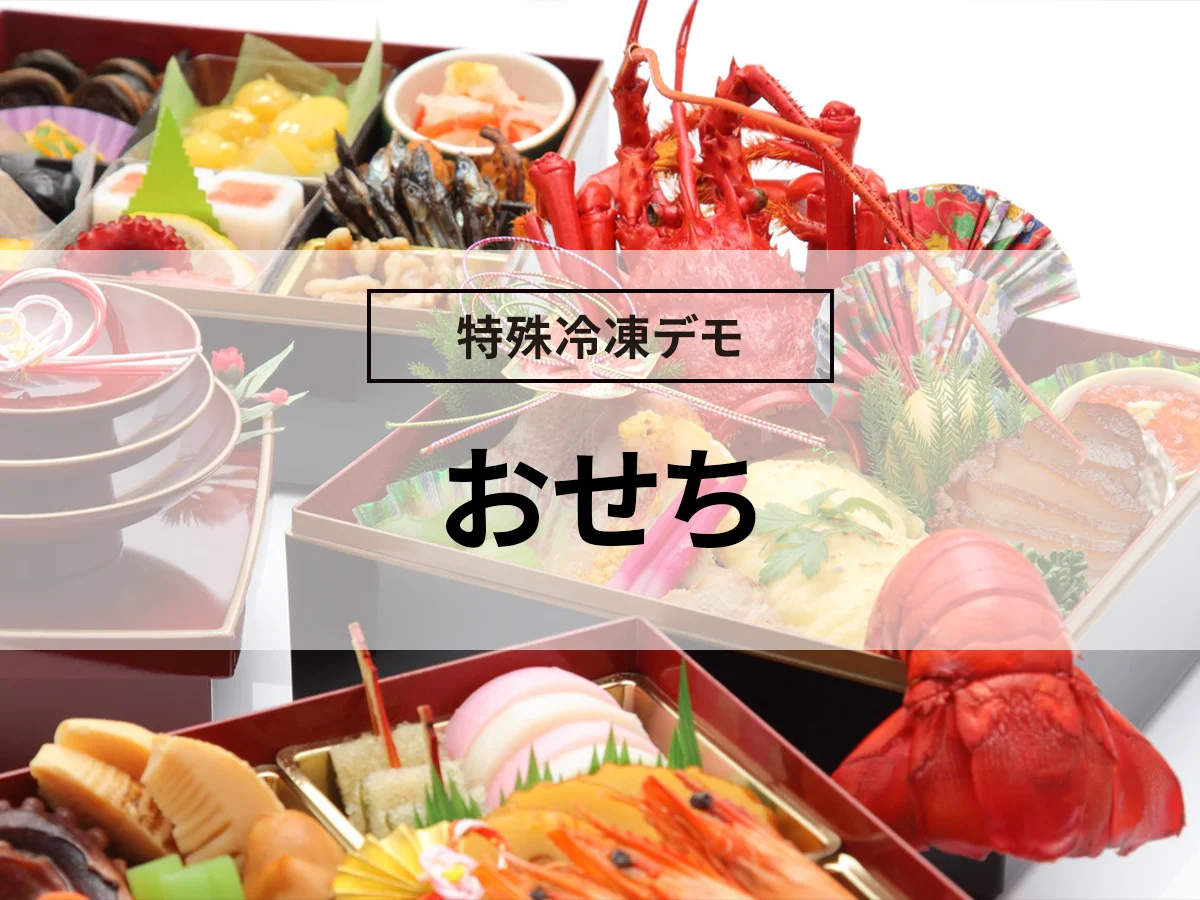
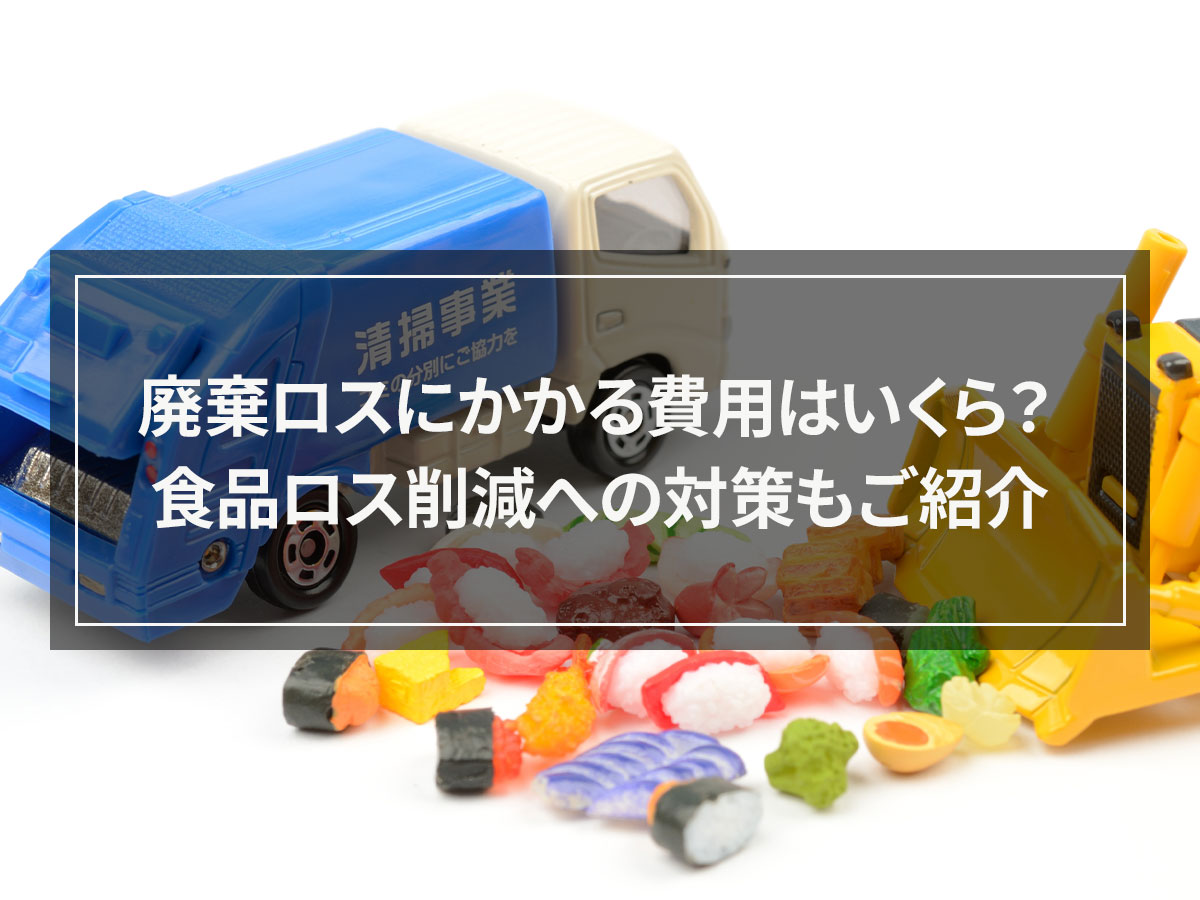
![[Restaurants/Restaurant] Advantages and success stories of introducing rapid freezer](https://shunkashutou.com/wp-content/uploads/2015/05/inshoku-article-eyecatch1.jpg)
![[For the lunch box manufacturing industry] Business issues can be solved by using rapid freezing!](https://shunkashutou.com/wp-content/uploads/2024/04/f93f171f5d29bdb15c4b8d06e244b002.jpg)
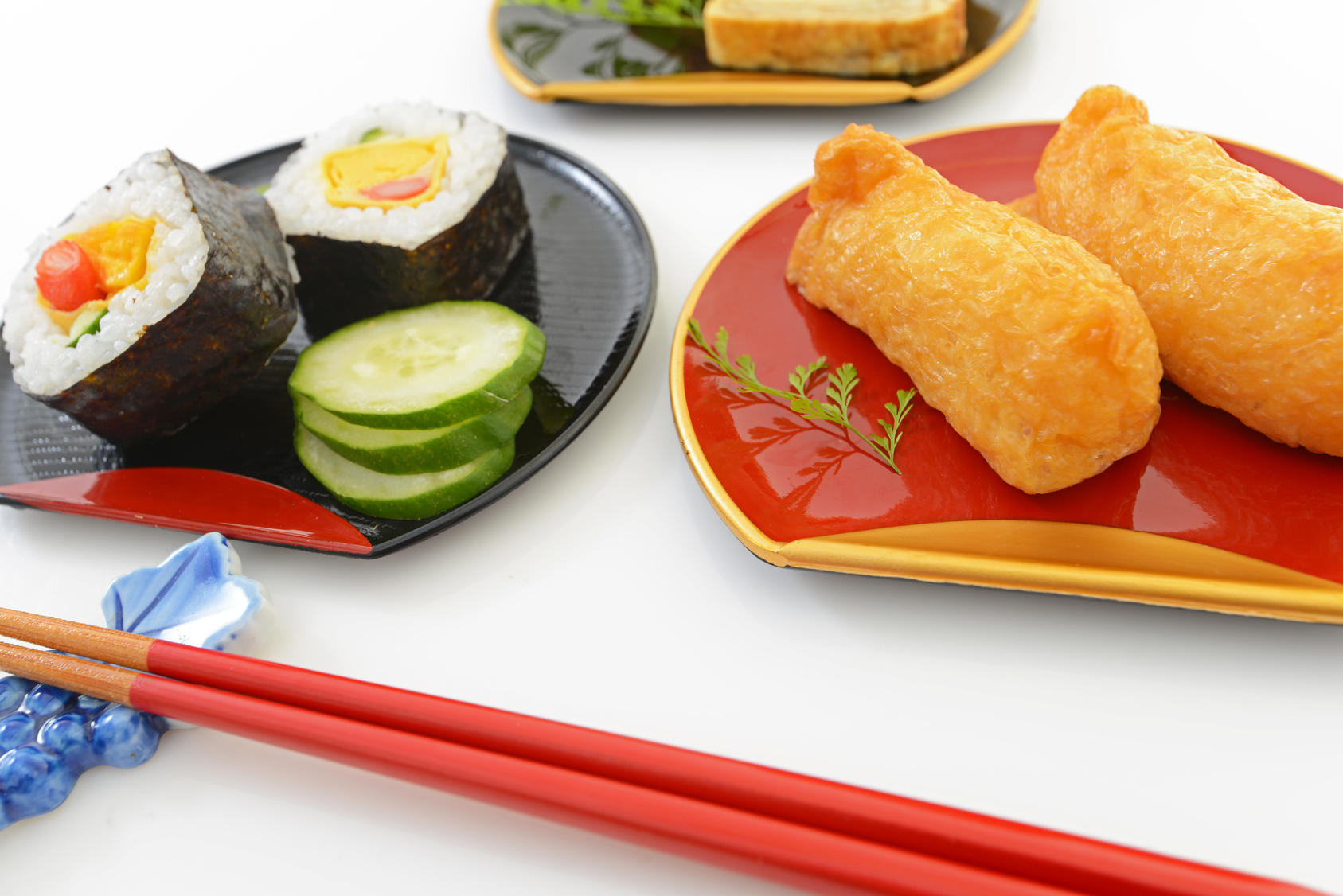
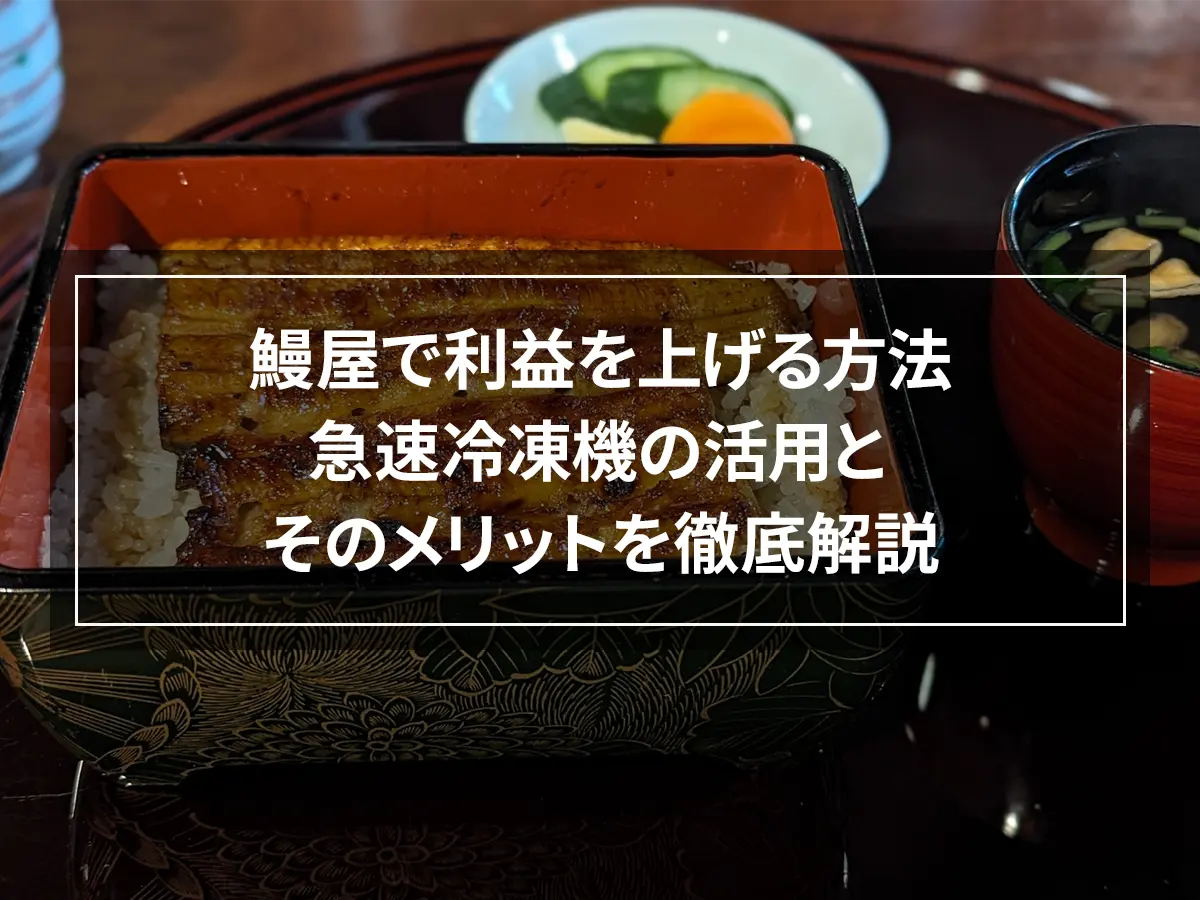

![[Must-see for beginners] What's so great about rapid freezers? Easy-to-understand explanation of the mechanism and benefits!](https://shunkashutou.com/wp-content/uploads/2020/12/9abf7961bd75c2a2af6fb61767b4fdb1-1.webp)
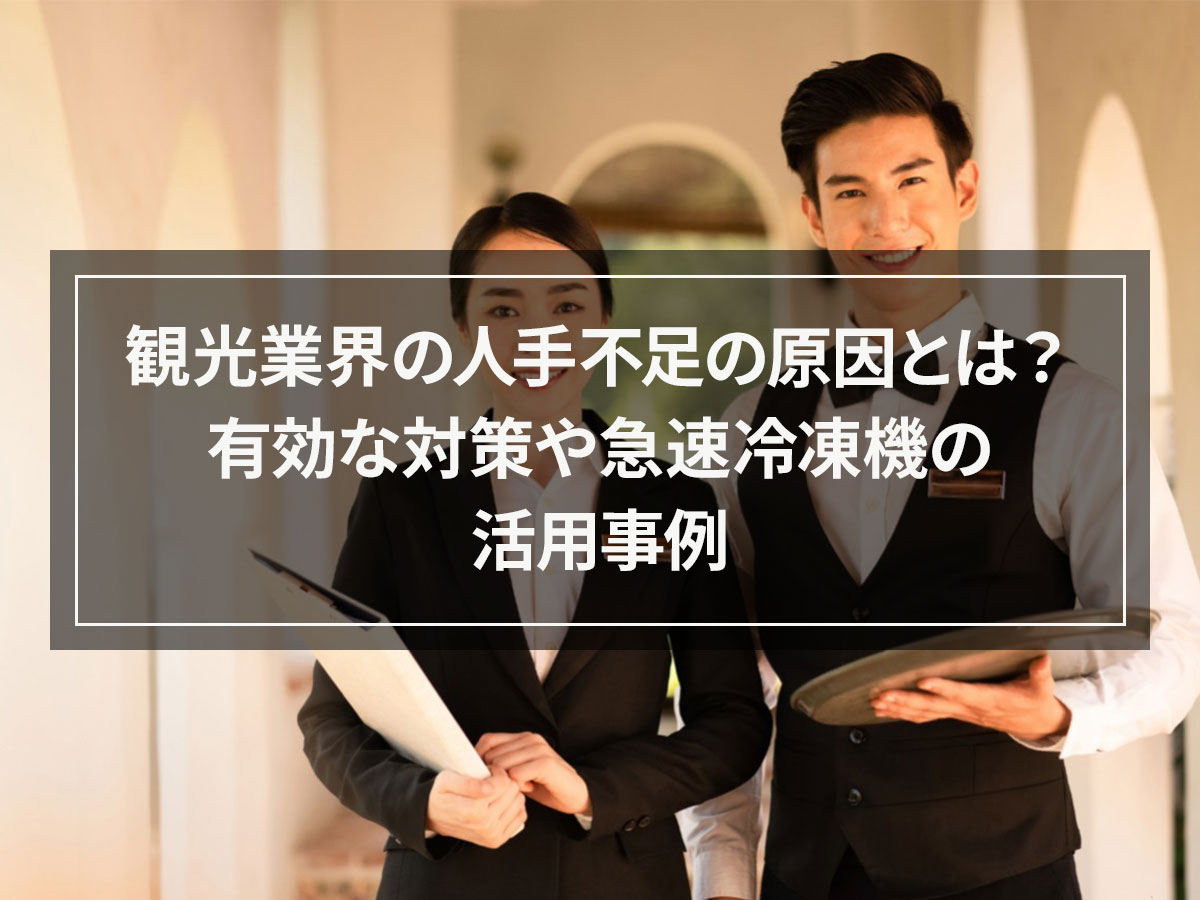
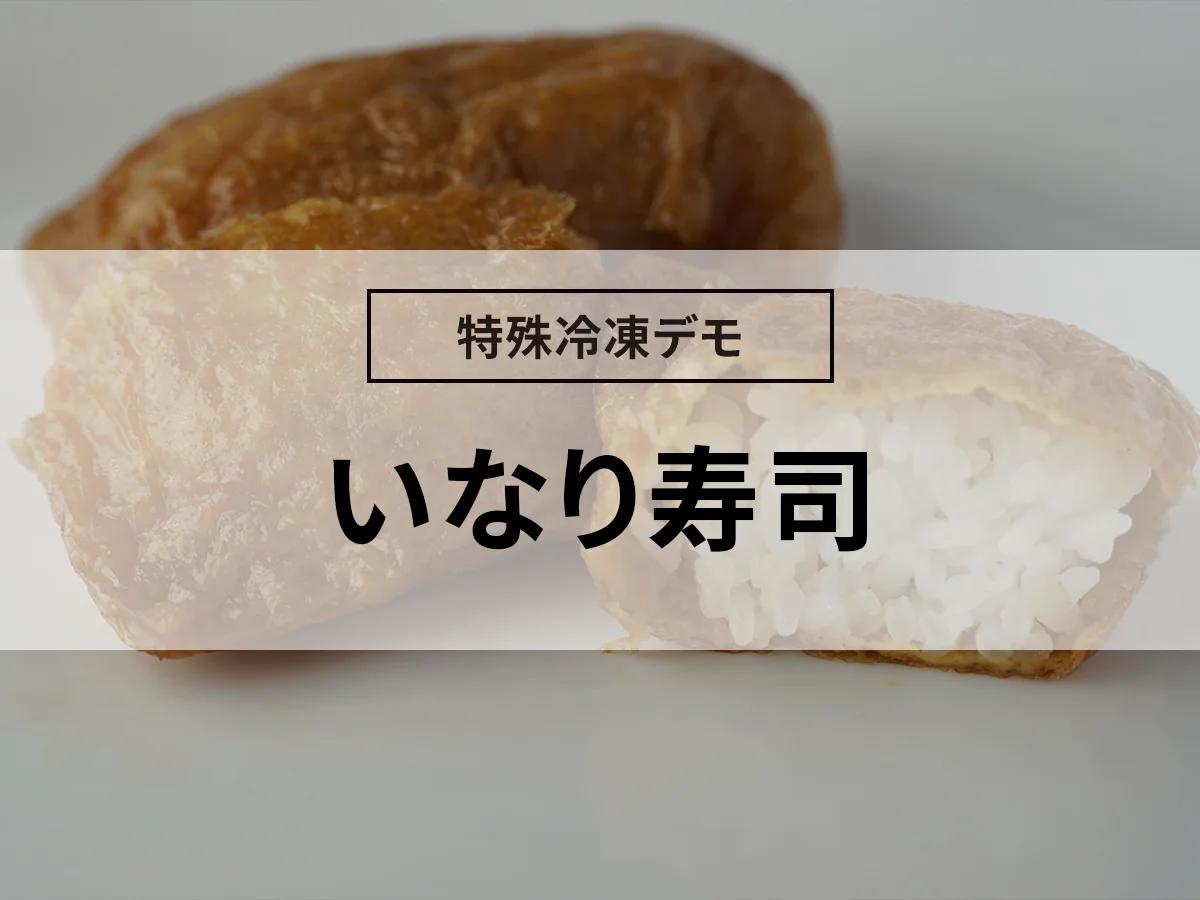

![[Can it be frozen? ] How to freeze cabbage rolls, storage period, and recipe](https://shunkashutou.com/wp-content/uploads/2023/10/f5c1db9a17ef7843ffd45f5ccb160ed5.jpg)
![[Explanation with photos! ] How to freeze mackerel fillets and 5 carefully selected recipes!](https://shunkashutou.com/wp-content/uploads/2023/10/bf45f102162a8d43387d3a8d3e538034.jpg)
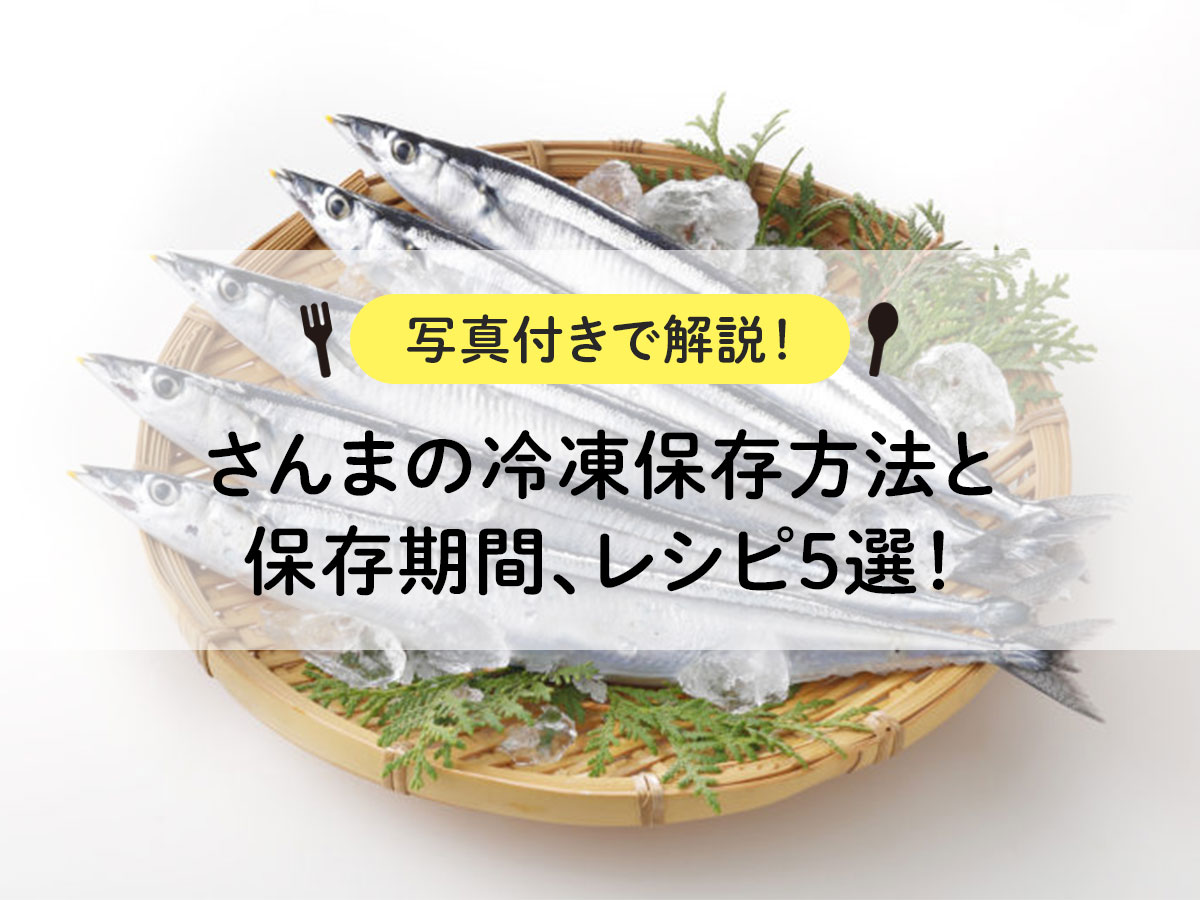
![[Convenient for lunch boxes! ] How to freeze fried noodles and 5 different recipes](https://shunkashutou.com/wp-content/uploads/2023/10/yakisoba-768x512-1.jpg)
![[Supervised by a nutritionist! ] How to freeze bean sprouts, storage period, and 5 recipes!](https://shunkashutou.com/wp-content/uploads/2023/09/34f4d39c30e79629a89bf54221841964.jpg)
![Introducing recipes and methods for good frozen preservation of okra [Explanation with photos! ]](https://shunkashutou.com/wp-content/uploads/2023/10/616c25d6c59f80c7a09effe2edc5ef92.jpg)
![[Achieving instant freezing at home] The evolving freezing function of home refrigerators](https://shunkashutou.com/wp-content/uploads/2015/10/93e403bcf18bda6b2d63c7c74fdef064.jpg)
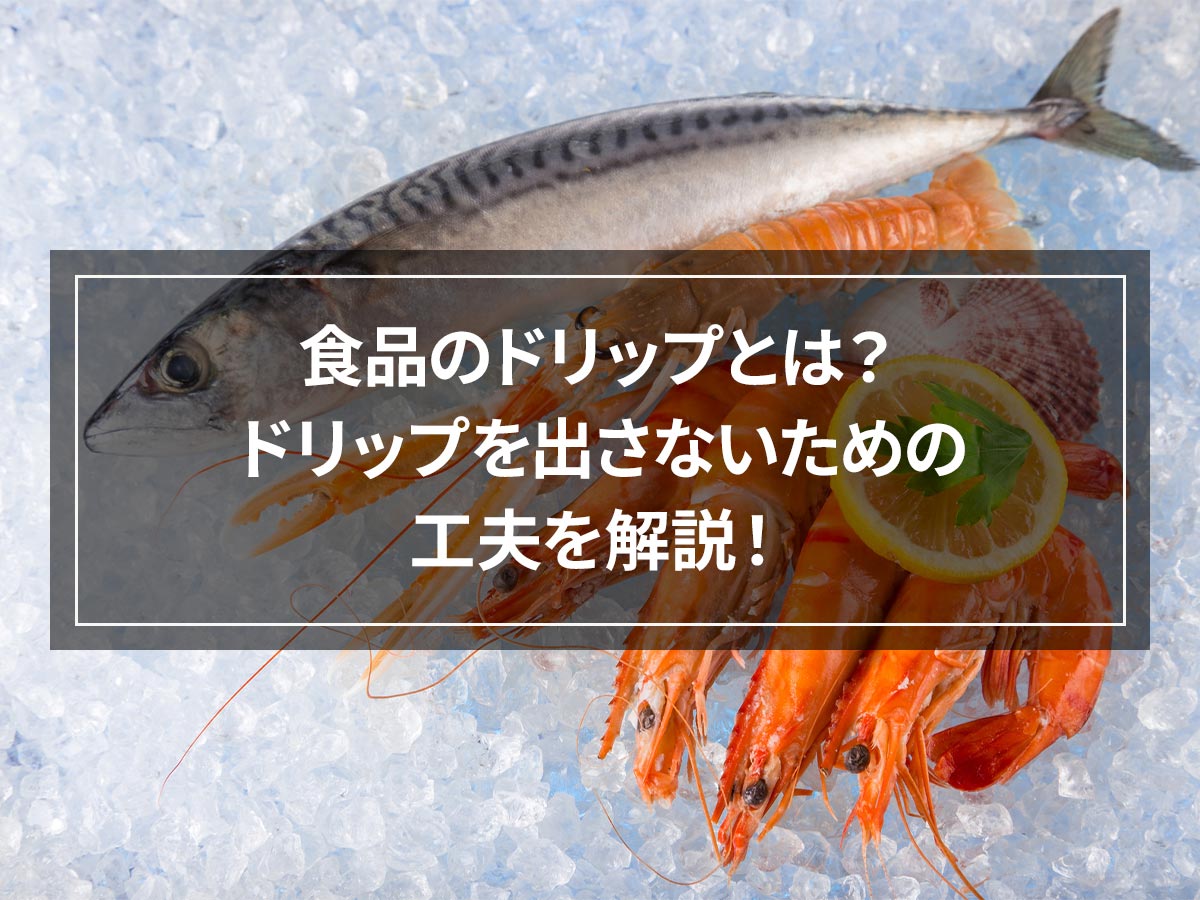
![[Advantages and disadvantages of food additives] What is rapid freezer that solves the problems?](https://shunkashutou.com/wp-content/uploads/2018/11/ea1a552f8cb49685b3566dc4f06cf04b.webp)
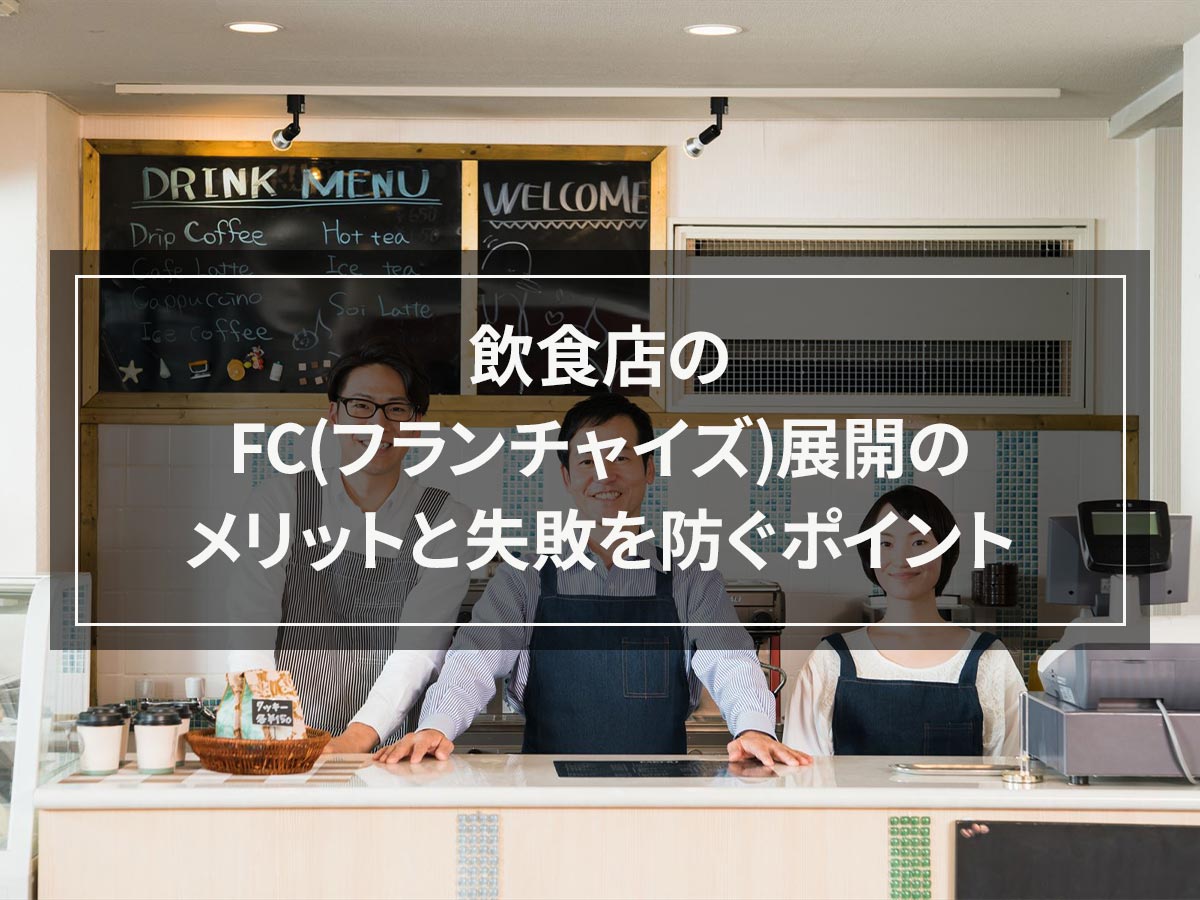
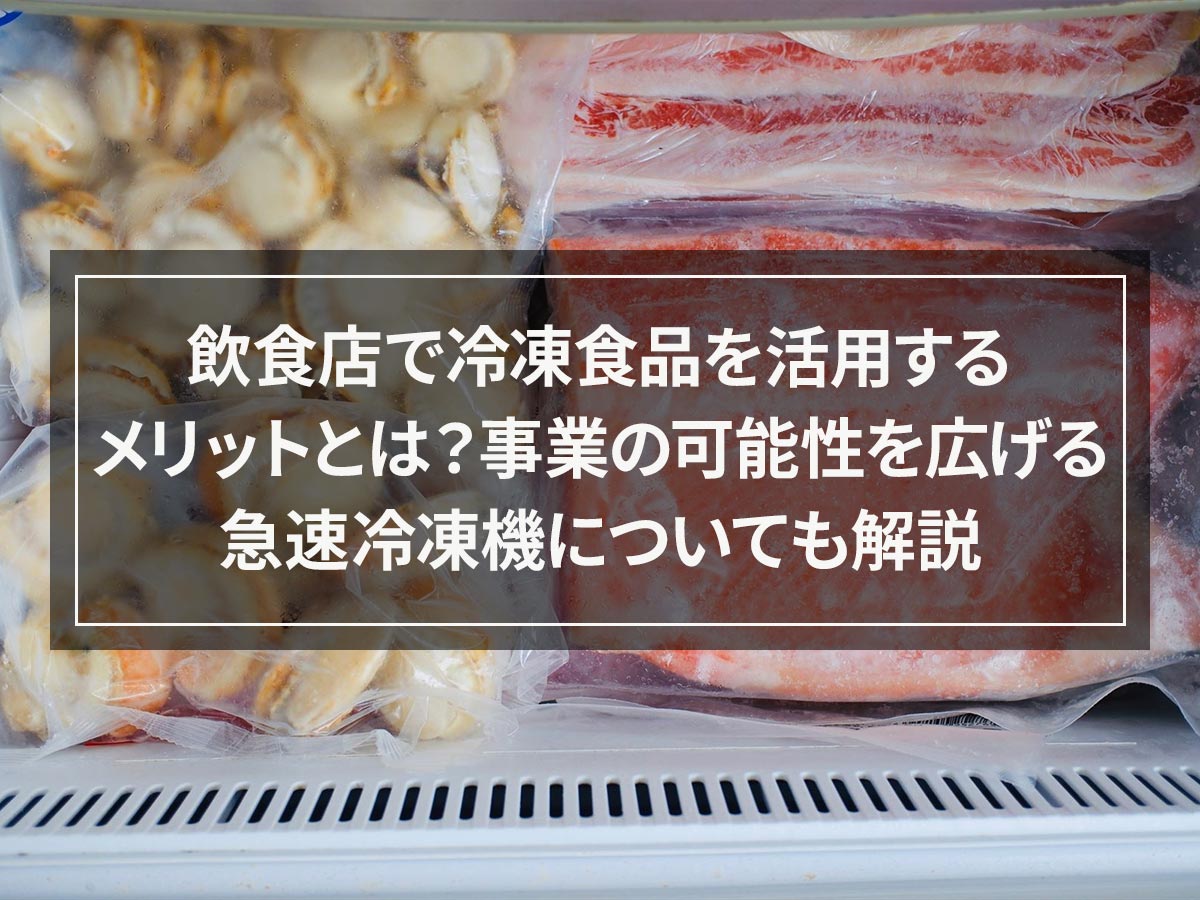
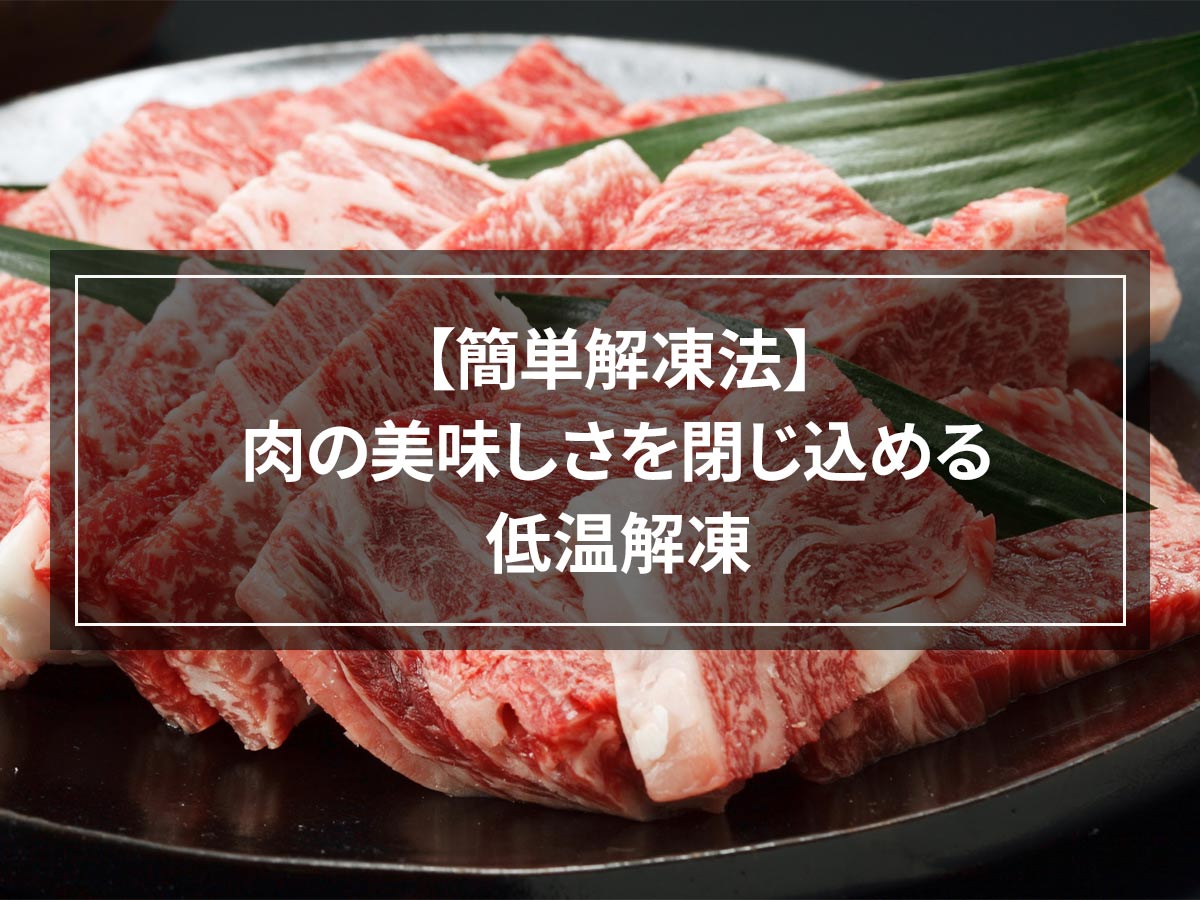
![Shock freezer prices and reasons why we can't recommend used ones [What's the difference from a blast chiller? ]](https://shunkashutou.com/wp-content/uploads/2019/09/f76c6907f41d0b092e20d0924e5f27c9.webp)
![[Used in various fields] Points to note when purchasing liquid nitrogen](https://shunkashutou.com/wp-content/uploads/2015/06/864ed88d3bcf695fd1a9af88d772606c.jpg)

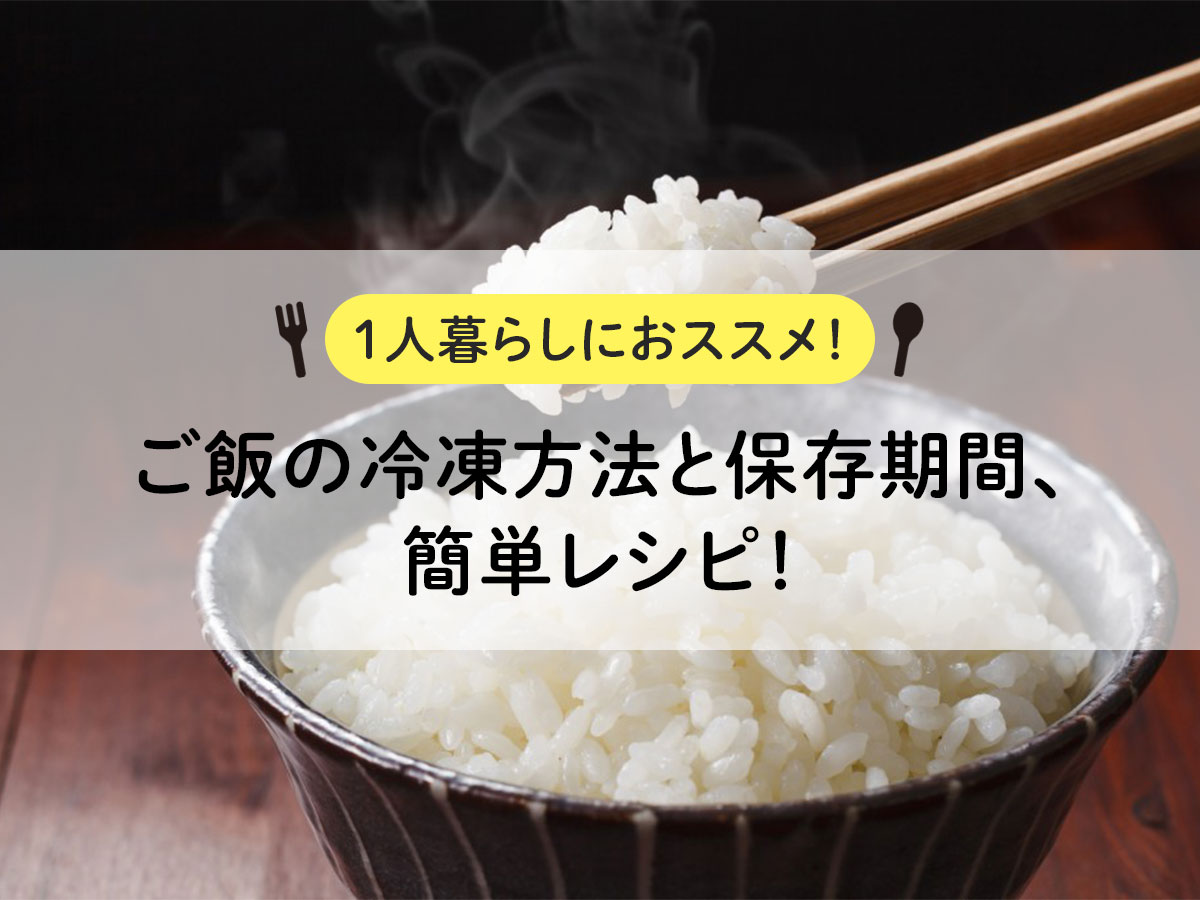
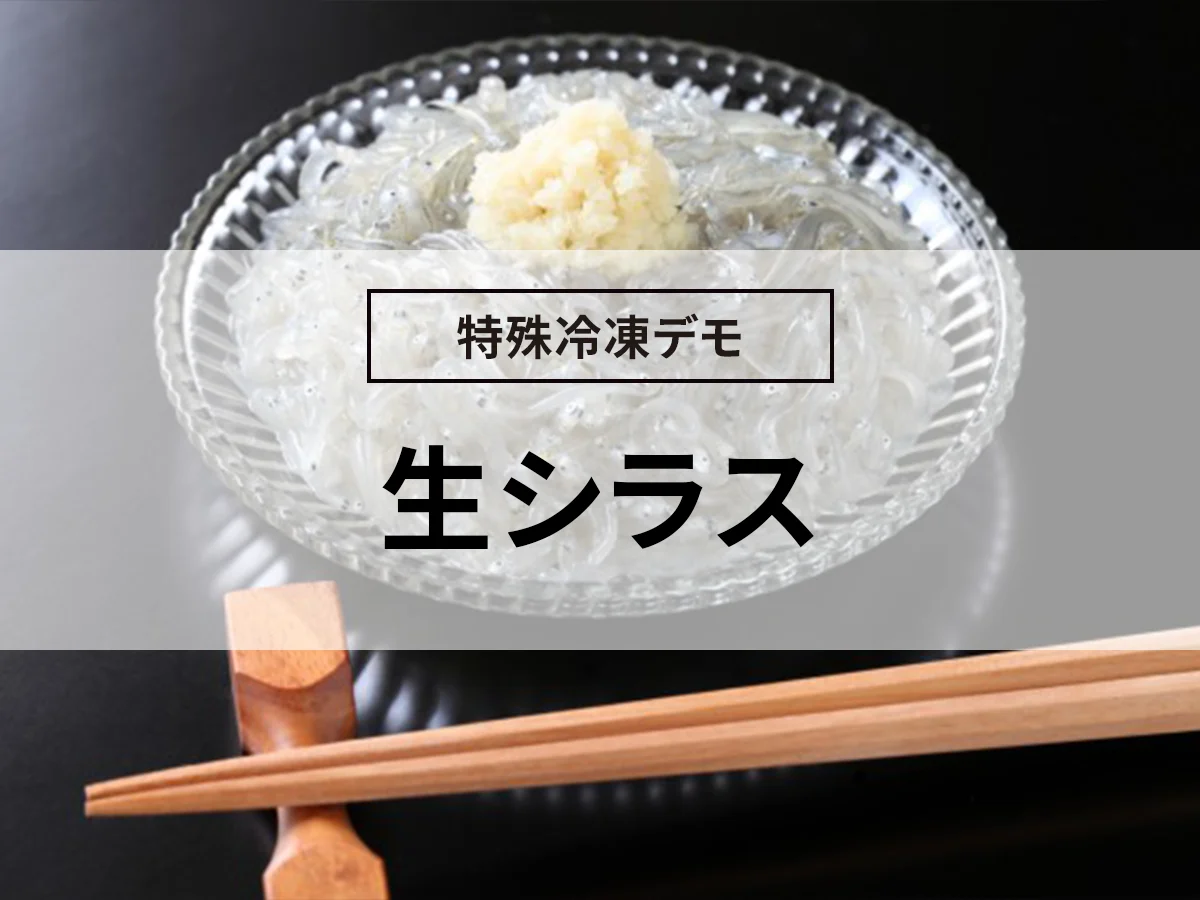
![How to freeze mushroom mushrooms, storage period, and 5 recipes! [Explanation with photos! ]](https://shunkashutou.com/wp-content/uploads/2023/09/4b6ffe2ef040e90085b4ee4f0c3e72a9.jpg)
![[Explanation with photos! ] Shiitake mushroom freezing method and storage period, 5 recipes](https://shunkashutou.com/wp-content/uploads/2023/09/shiitake-768x512-1.jpg)
![[Introduced one after another in restaurants] Advantages of commercial rapid freezing! What about second hand ones?](https://shunkashutou.com/wp-content/uploads/2015/05/16920085ea8194572cc7c5babebedbe5_s.jpg)
![[Explanation with photos! ] How to freeze pork, expiration date, and 5 recipes!](https://shunkashutou.com/wp-content/uploads/2023/10/8688cd28f298c3180c30169cec815293.jpg)
![[Recommended for lunch boxes too! ] Introducing recipes and methods for freezing pasta!](https://shunkashutou.com/wp-content/uploads/2023/10/93f66b71b92cbe1085d41c4ed80d7726.jpg)
![[For food manufacturers] What is the meaning of IQF freezing and what is rapid freezer required for it?](https://shunkashutou.com/wp-content/uploads/2017/03/40008d9f1a752dd006399fe1c4beda34.jpg)
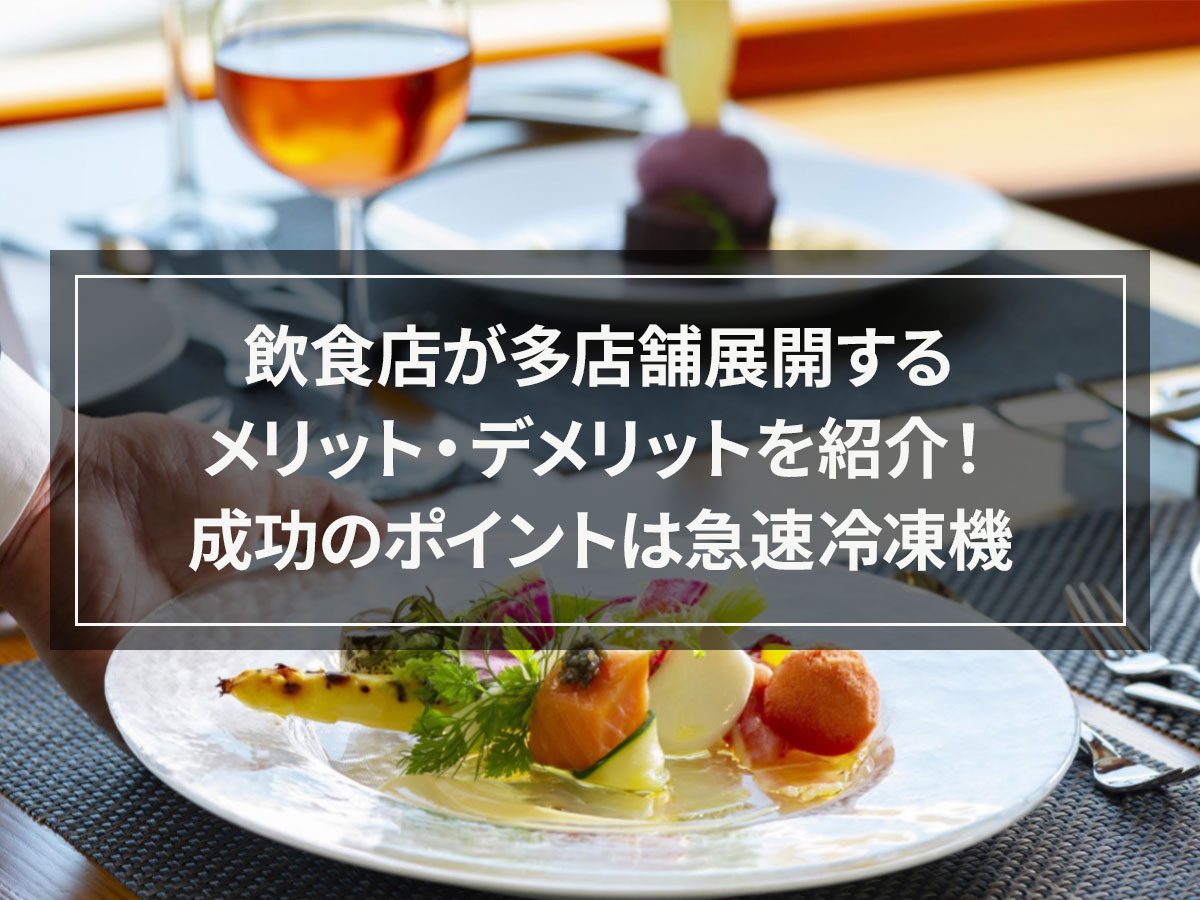
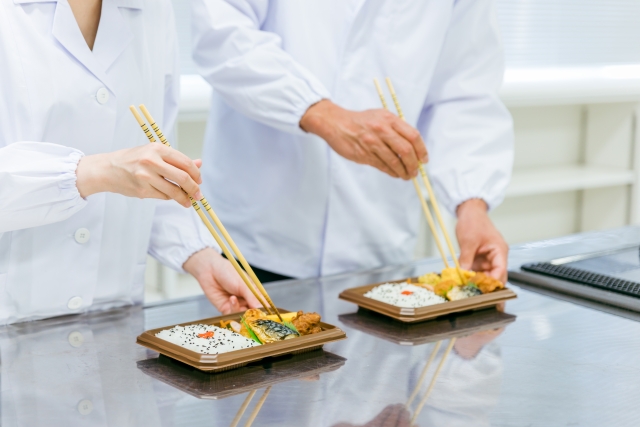
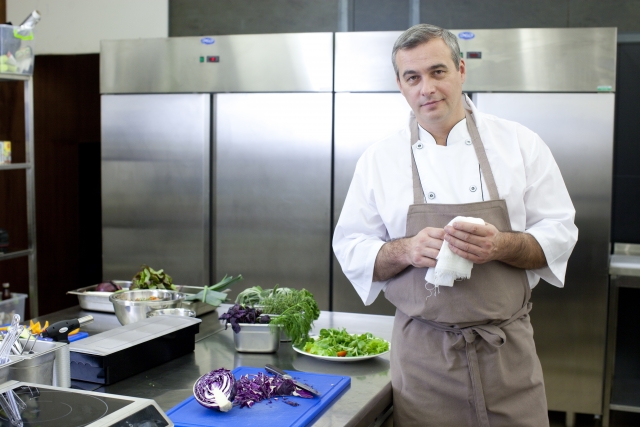
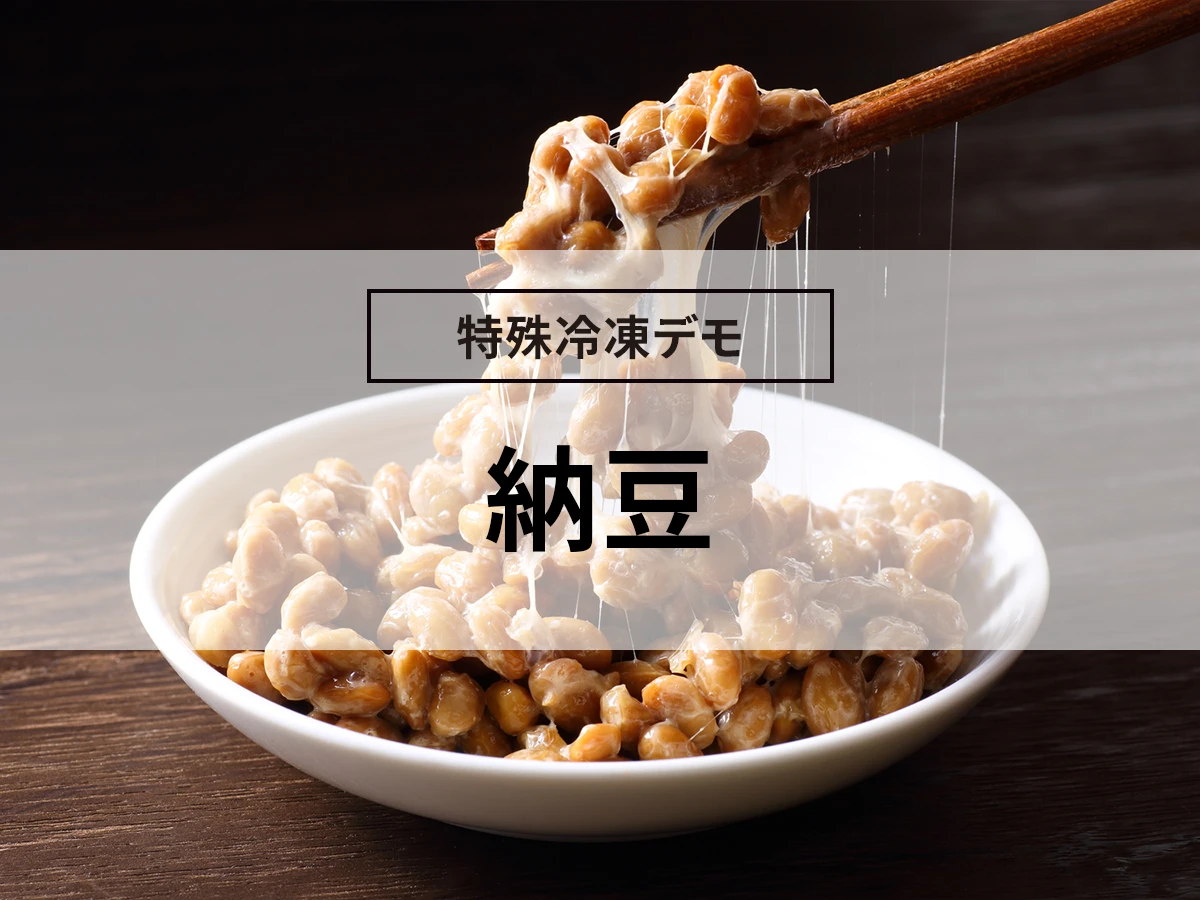
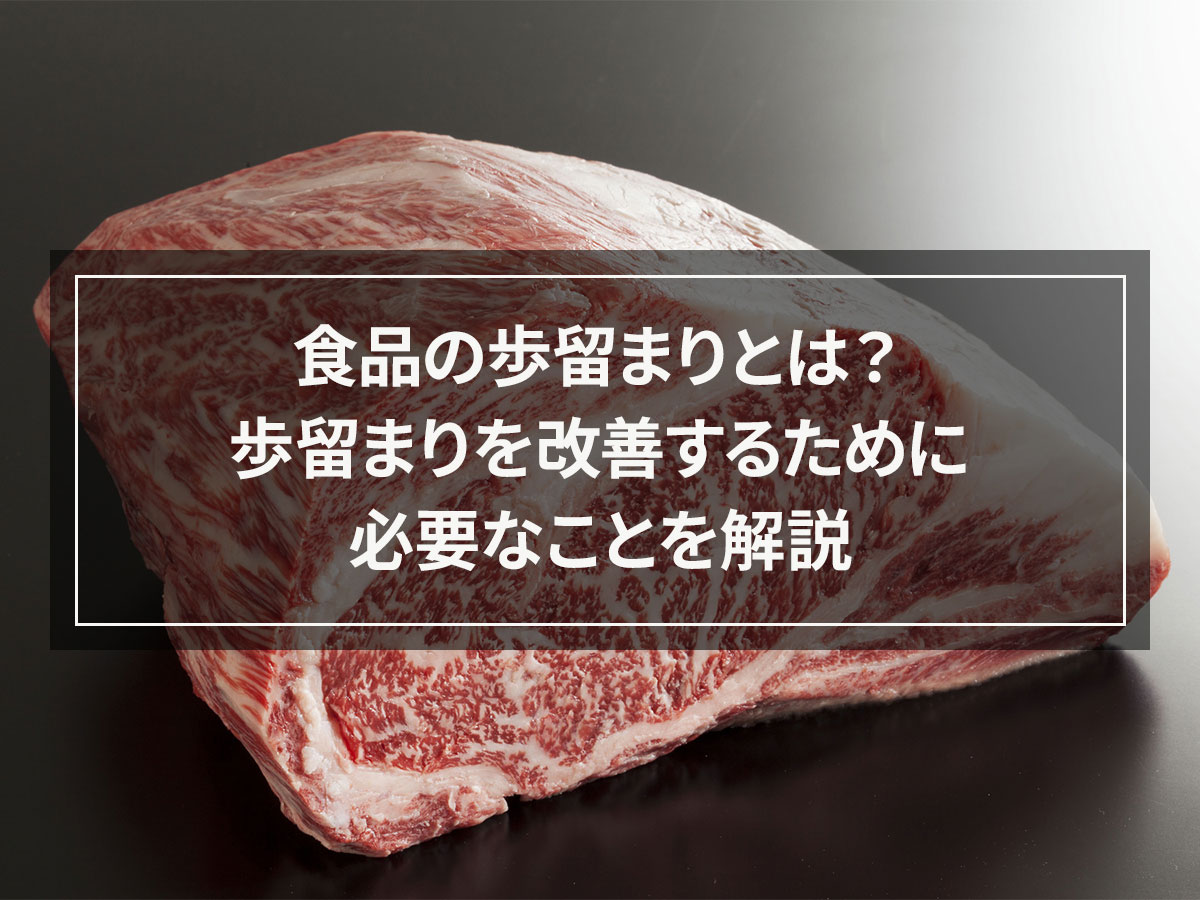
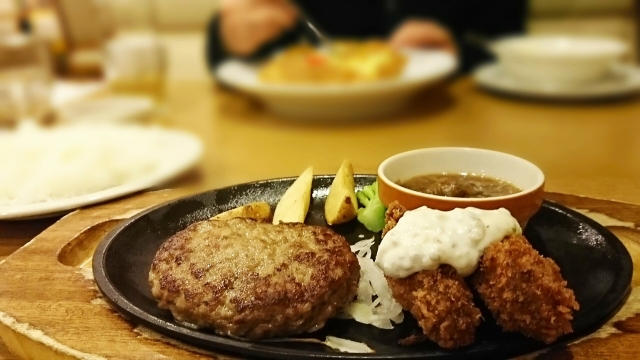
![[Labor shortage]The benefits with examples of using rapid freezer](https://shunkashutou.com/wp-content/uploads/2019/04/hitodebusoku-article-main_pc.jpg)
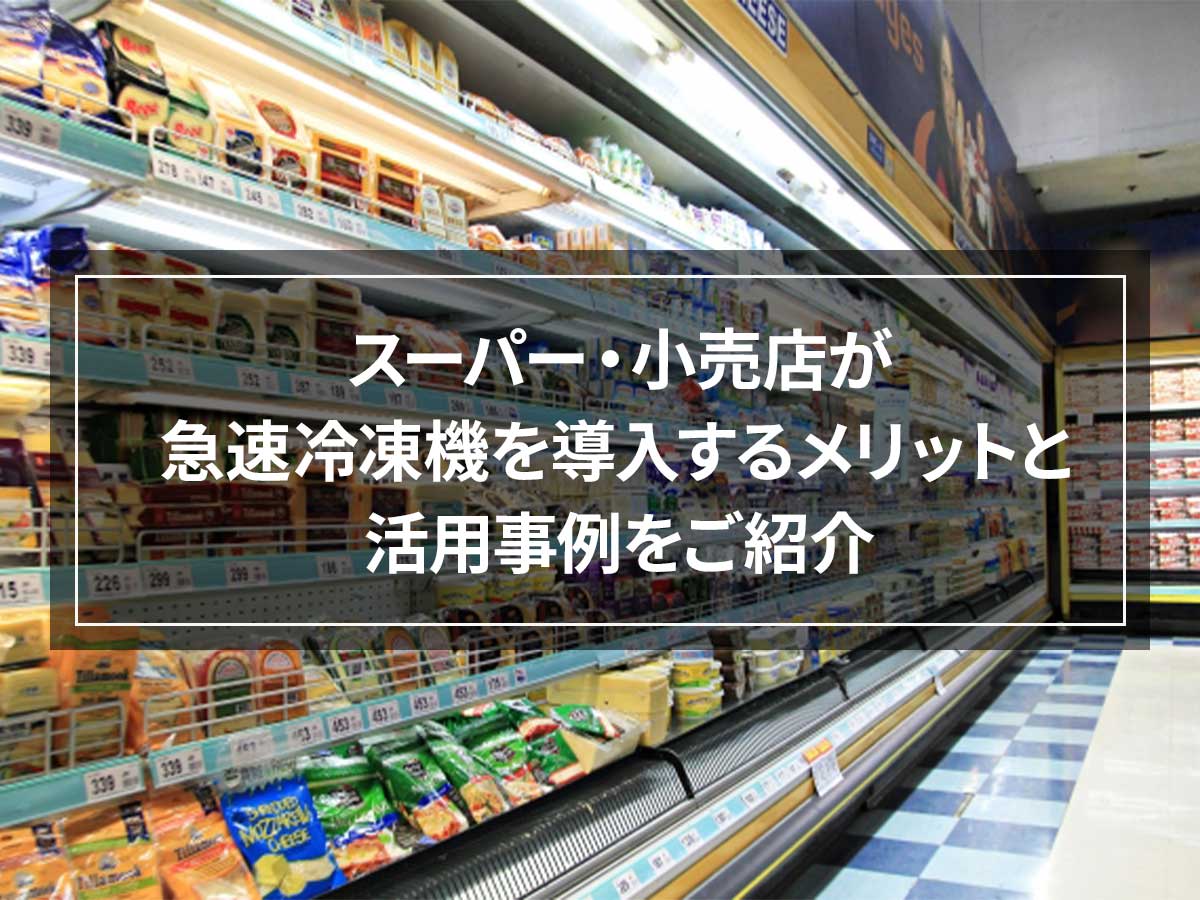
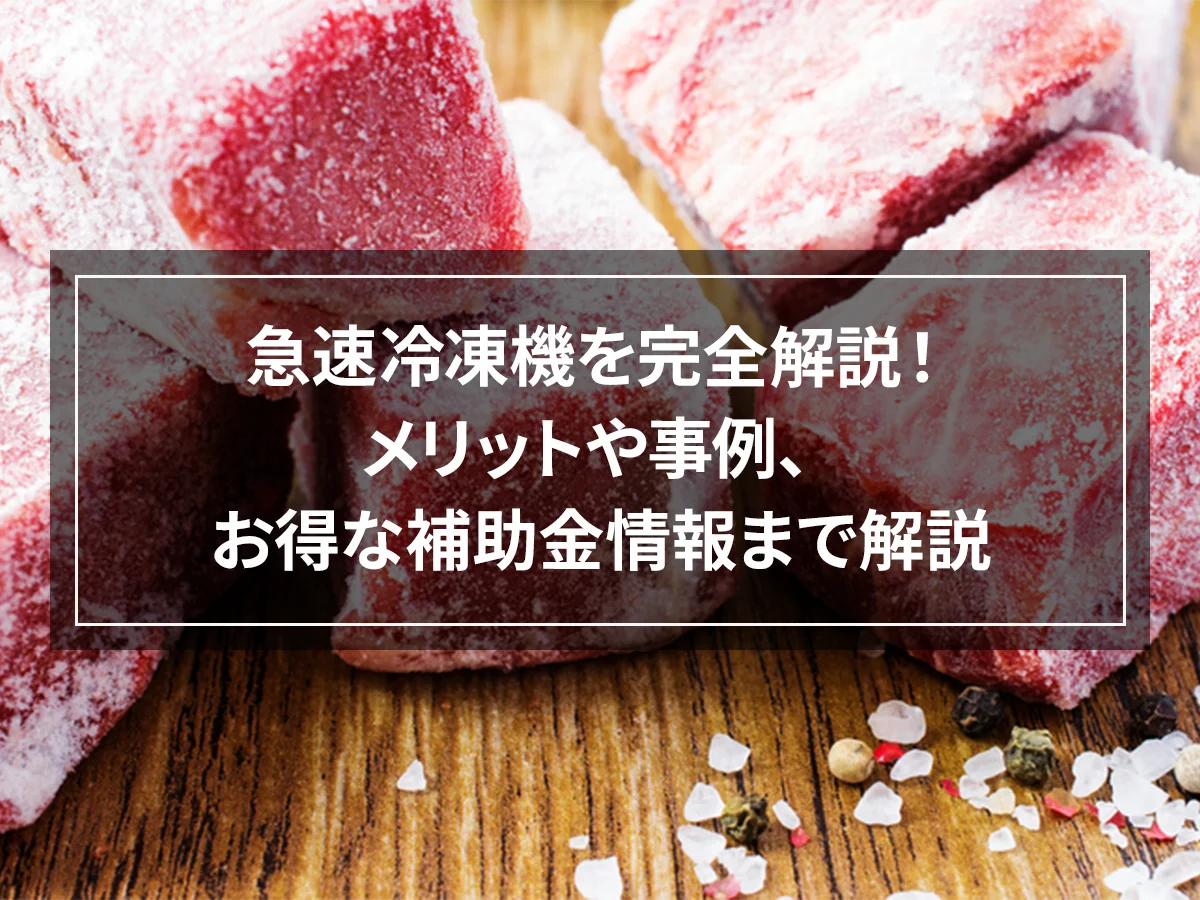
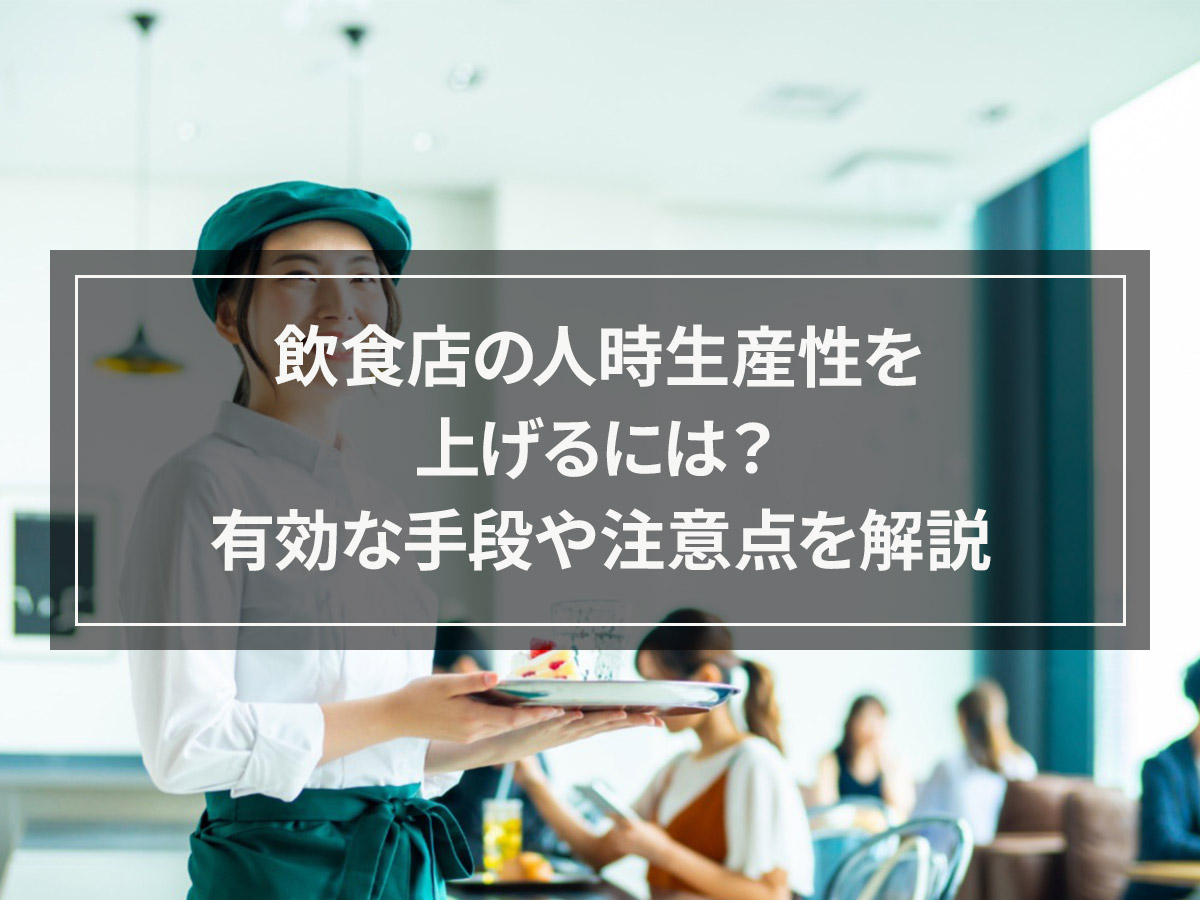
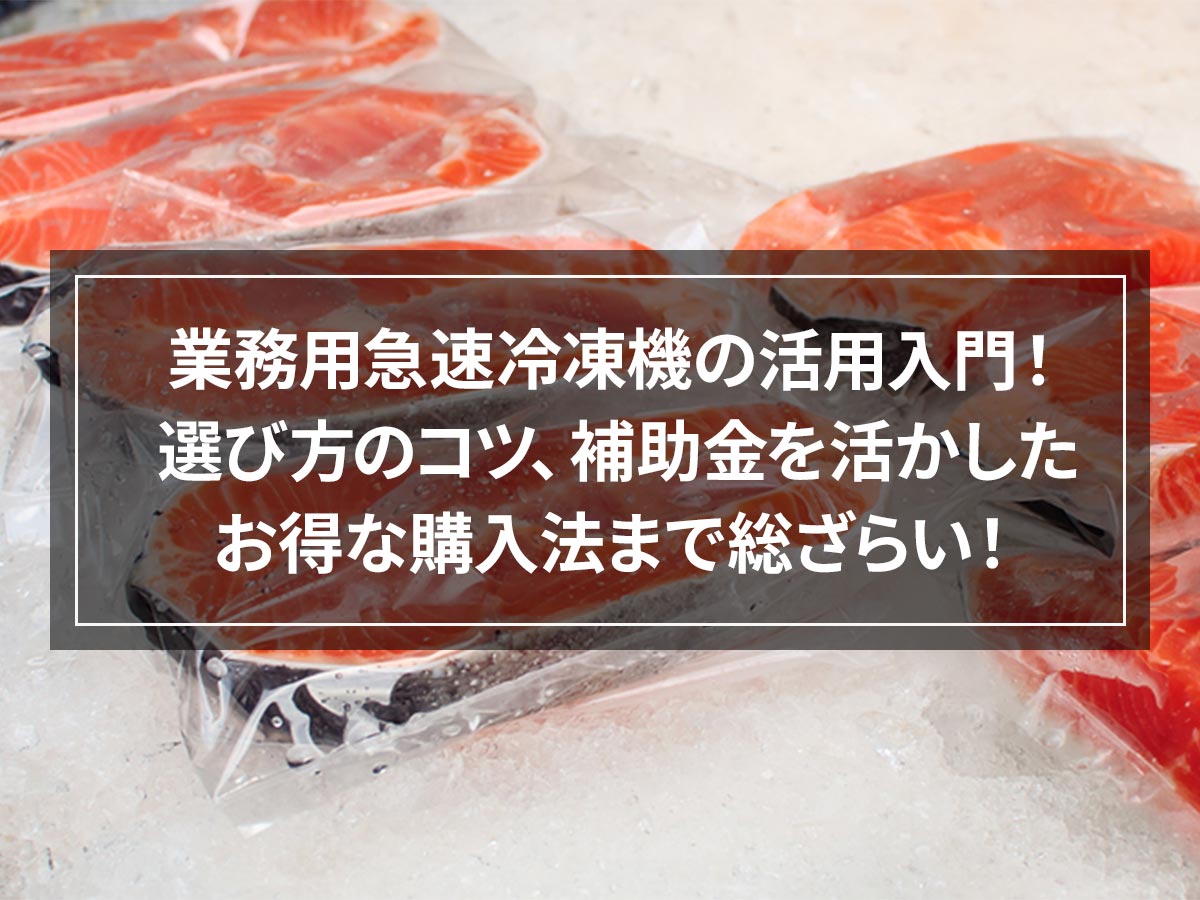
![[Freezing Neapolitan] rapid freezing demonstration](https://shunkashutou.com/wp-content/uploads/2016/09/napolitan.jpg)
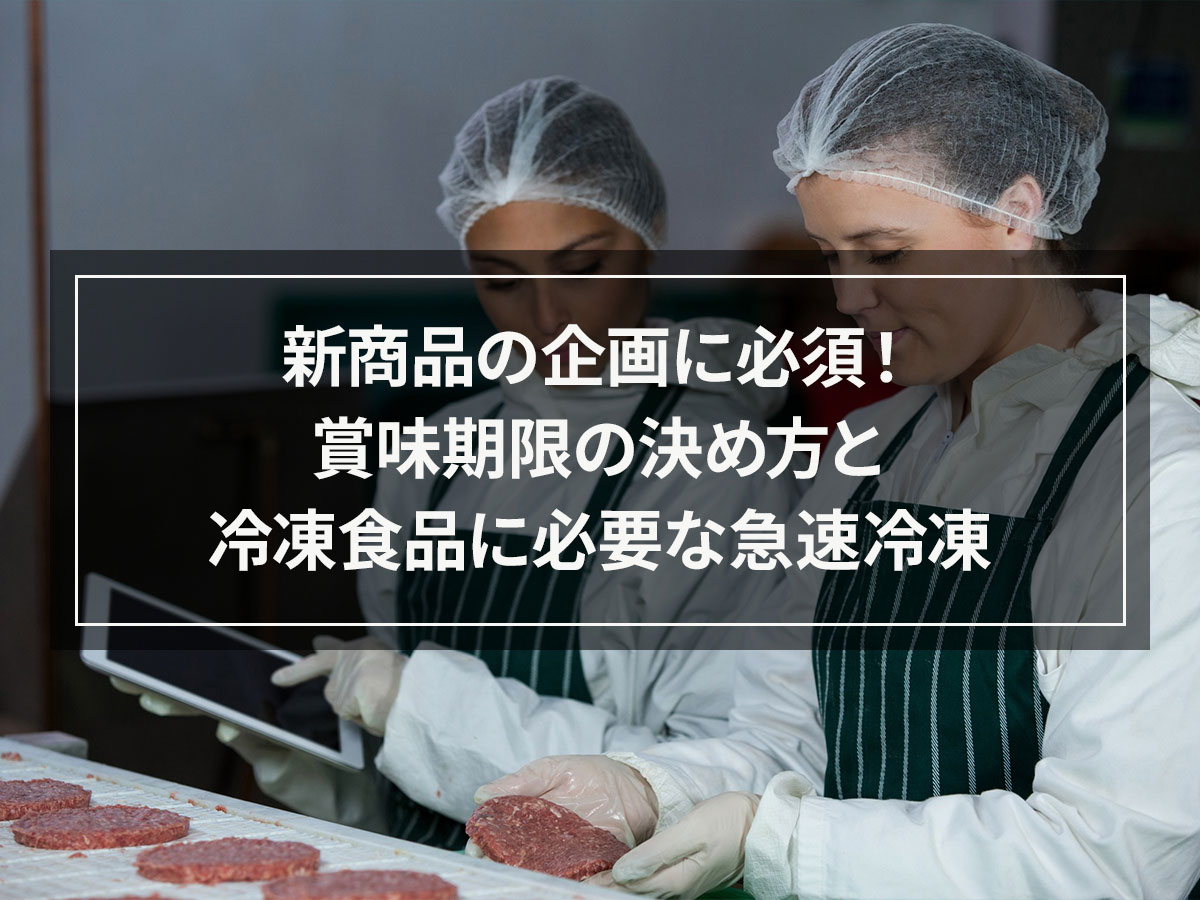
![[Rapid freezers in 2021] Market Trends and Customer Success Stories](https://shunkashutou.com/wp-content/uploads/2020/12/7F9A9CB9-A494-4E6A-946E-079279C596E6.jpeg)
![Introducing how to freeze and thaw whitebait, as well as recipes for its use [Full of nutrition! ]](https://shunkashutou.com/wp-content/uploads/2023/10/04d15012ec36f91a5574f63dfa9d4771.jpg)
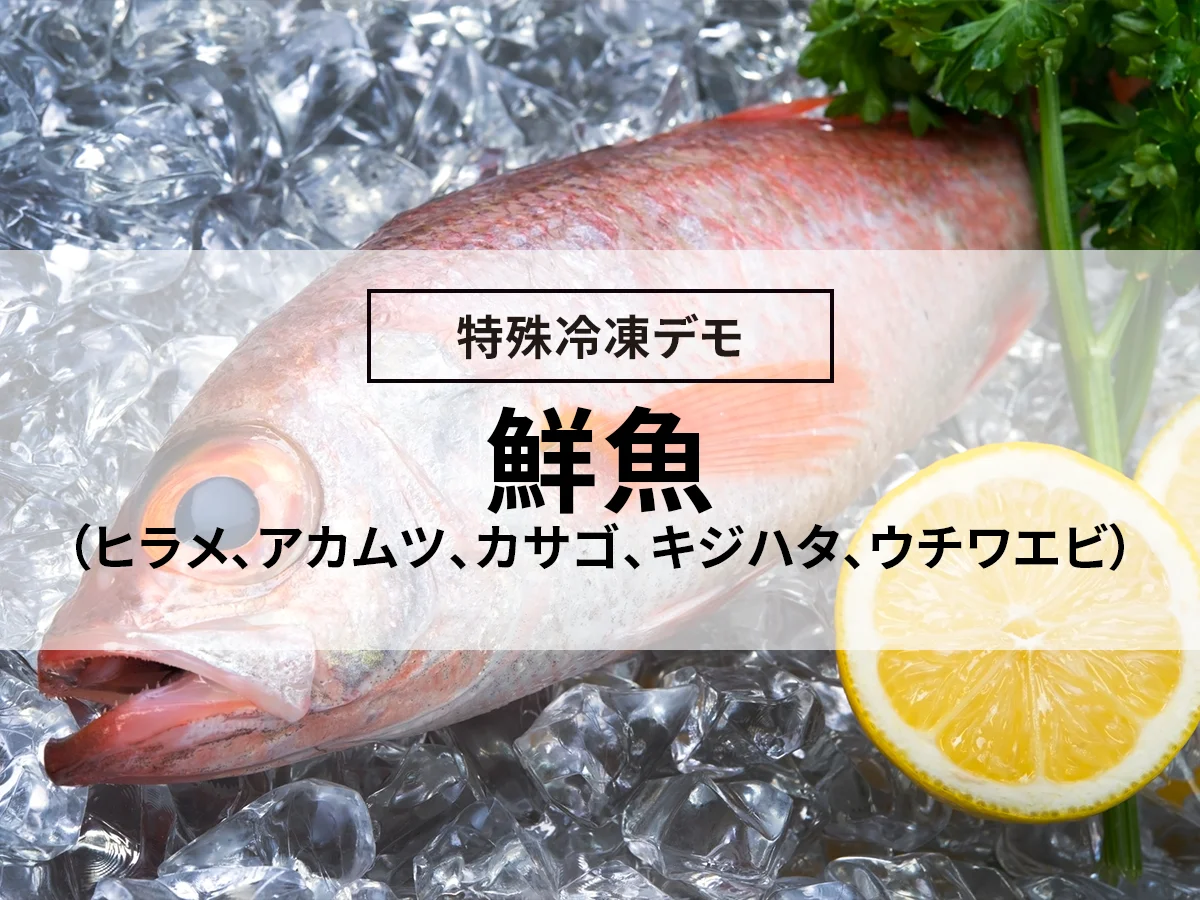
![[Explanation with photos! ] Introducing the method and recipe for freezing komatsuna](https://shunkashutou.com/wp-content/uploads/2023/09/5d2a19a6e6cfb5ad0329d8fce162f292.jpg)
![[Wholesale] Advantages and success stories of introducing rapid freezer](https://shunkashutou.com/wp-content/uploads/2015/05/jirei_oroshi_img_01.jpg)
![[Nutrition remains the same! ? ] Introducing how to use frozen vegetables and recommended recipes](https://shunkashutou.com/wp-content/uploads/2023/10/vegetables-reito-1-1-768x511-1.jpg)
![[Explanation with photos! ] How to freeze and fry croquettes, 5 carefully selected recipes](https://shunkashutou.com/wp-content/uploads/2023/09/b364ee97a71777f9dd2e35fddbbdda72.jpg)
![[Bringing fresh cakes nationwide] How to dramatically increase profits at a pastry shop?](https://shunkashutou.com/wp-content/uploads/2016/03/661ea3ee6264fab6520017622c656870.jpg)
![[Safely distribute delicious fish! ] Kill Anisakis with rapid freezing technology!](https://shunkashutou.com/wp-content/uploads/2016/03/99093c5fe8b0d716c39df907616e4a96.jpg)
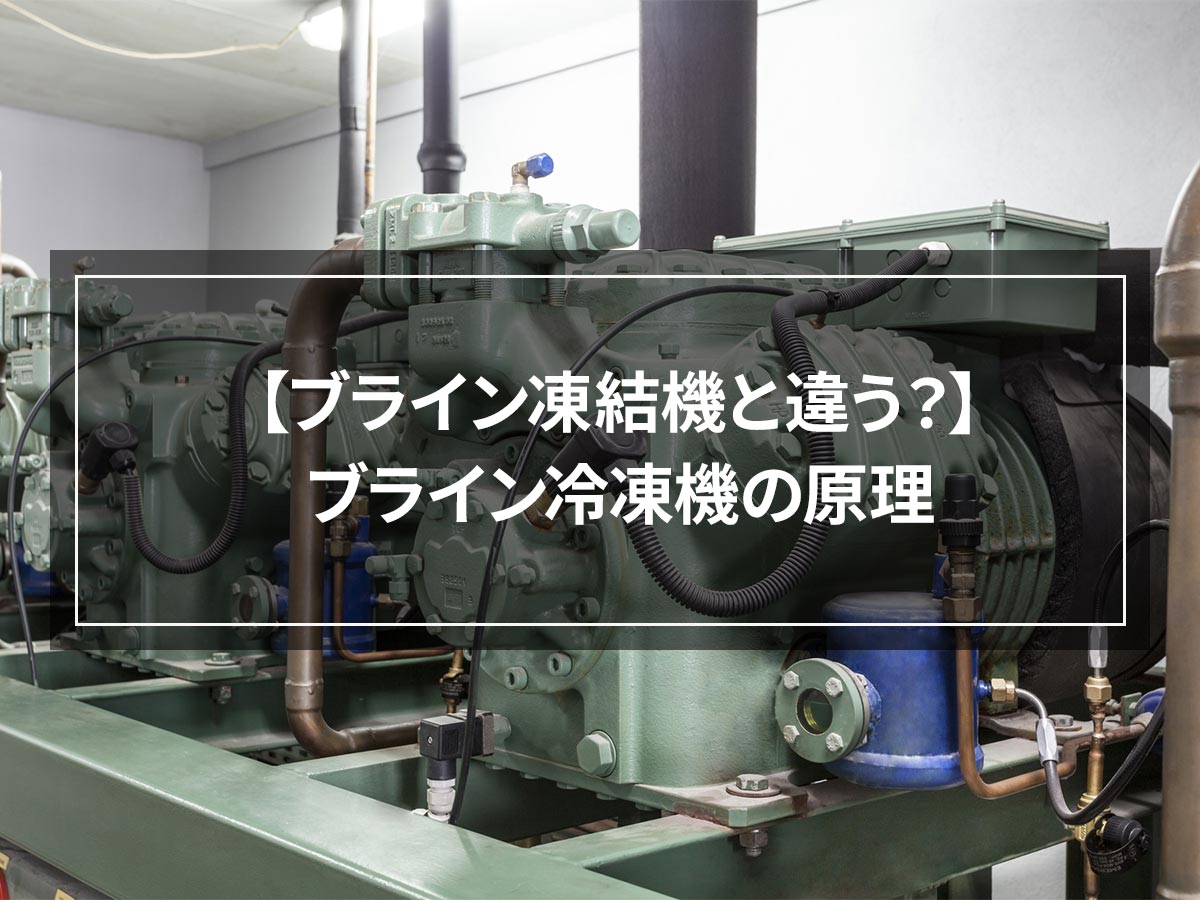
![[Is it actually something familiar? ! ] Types of flash freezing and their temperatures](https://shunkashutou.com/wp-content/uploads/2015/07/c4fc26caaee432beead8d55028903079.jpg)
![[Various recipes] 3 tips for using frozen minced meat deliciously](https://shunkashutou.com/wp-content/uploads/2023/08/e9b2fc255393916ab79ea8b7fa0807d3.jpg)
![Introducing the method and recipe for freezing shimeji mushrooms [Explanation with photos]](https://shunkashutou.com/wp-content/uploads/2023/09/shimeji-768x510-1.jpg)
![[Can it be frozen? ] How to freeze dried daikon radish and arrange recipes!](https://shunkashutou.com/wp-content/uploads/2023/09/84f89f802d6869949972432e7b3be19c.jpg)
![Freezing garlic, storage period, and 5 recipes! [Explanation with photos! ]](https://shunkashutou.com/wp-content/uploads/2023/10/30693b4b122ff6c57afff367b35bc861.jpg)
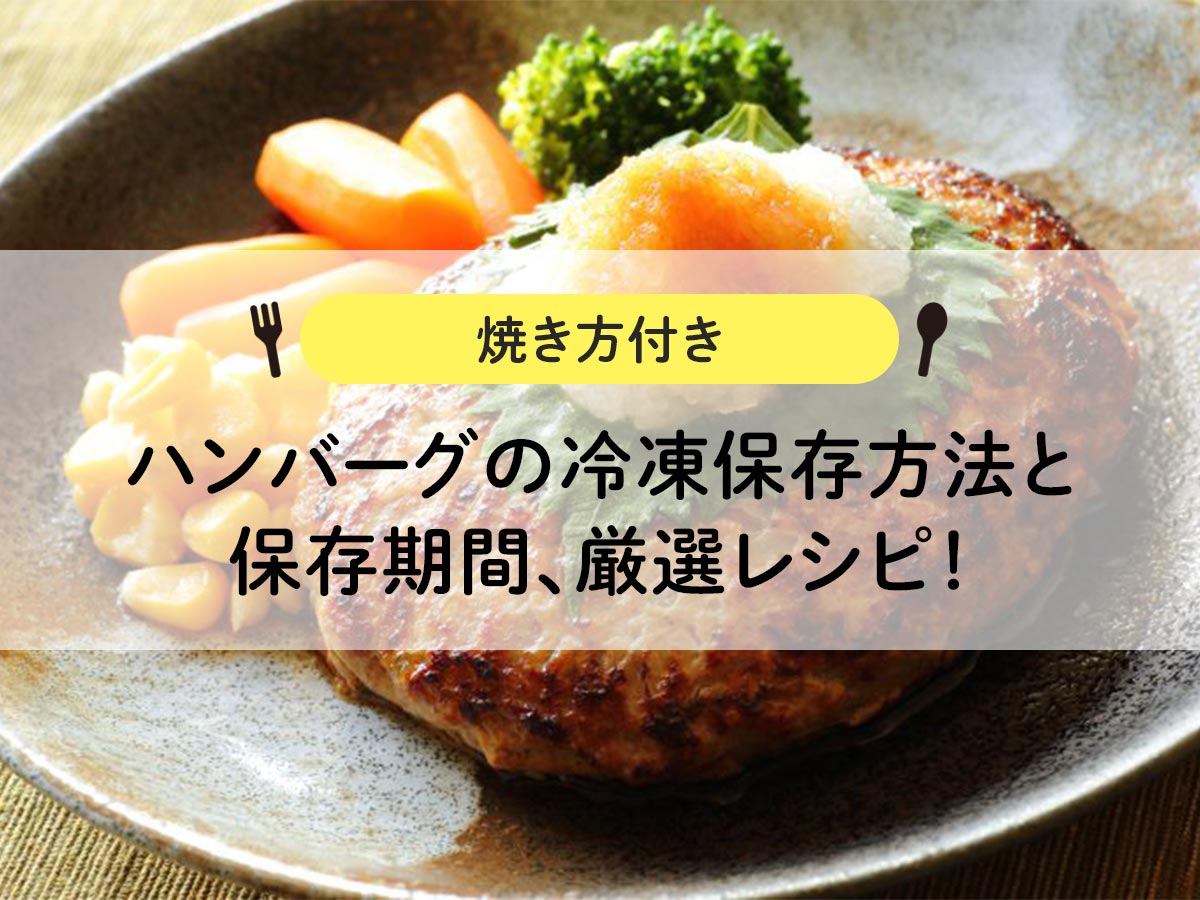
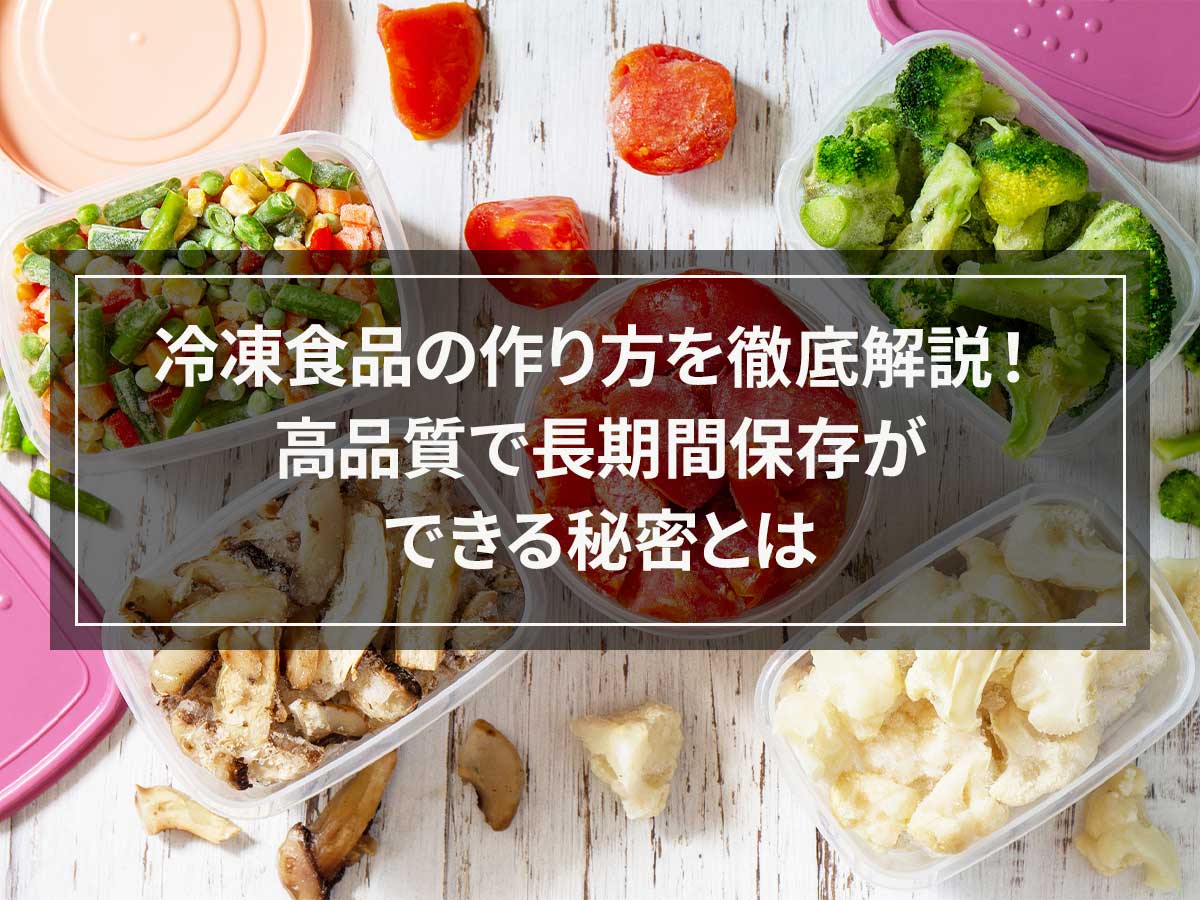
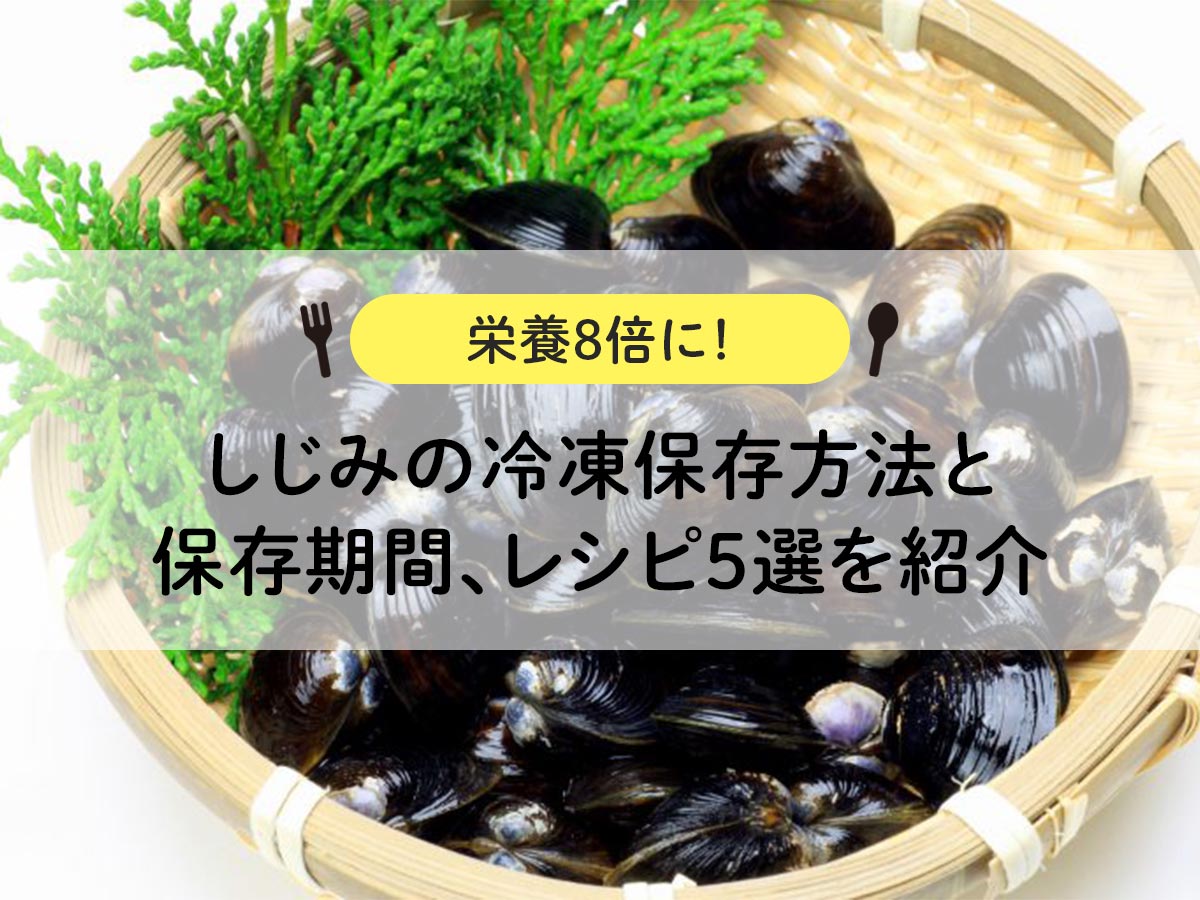
![[Includes recommendations by industry] Summary of types and benefits of small rapid freezer](https://shunkashutou.com/wp-content/uploads/2020/12/smallsize.jpg)



